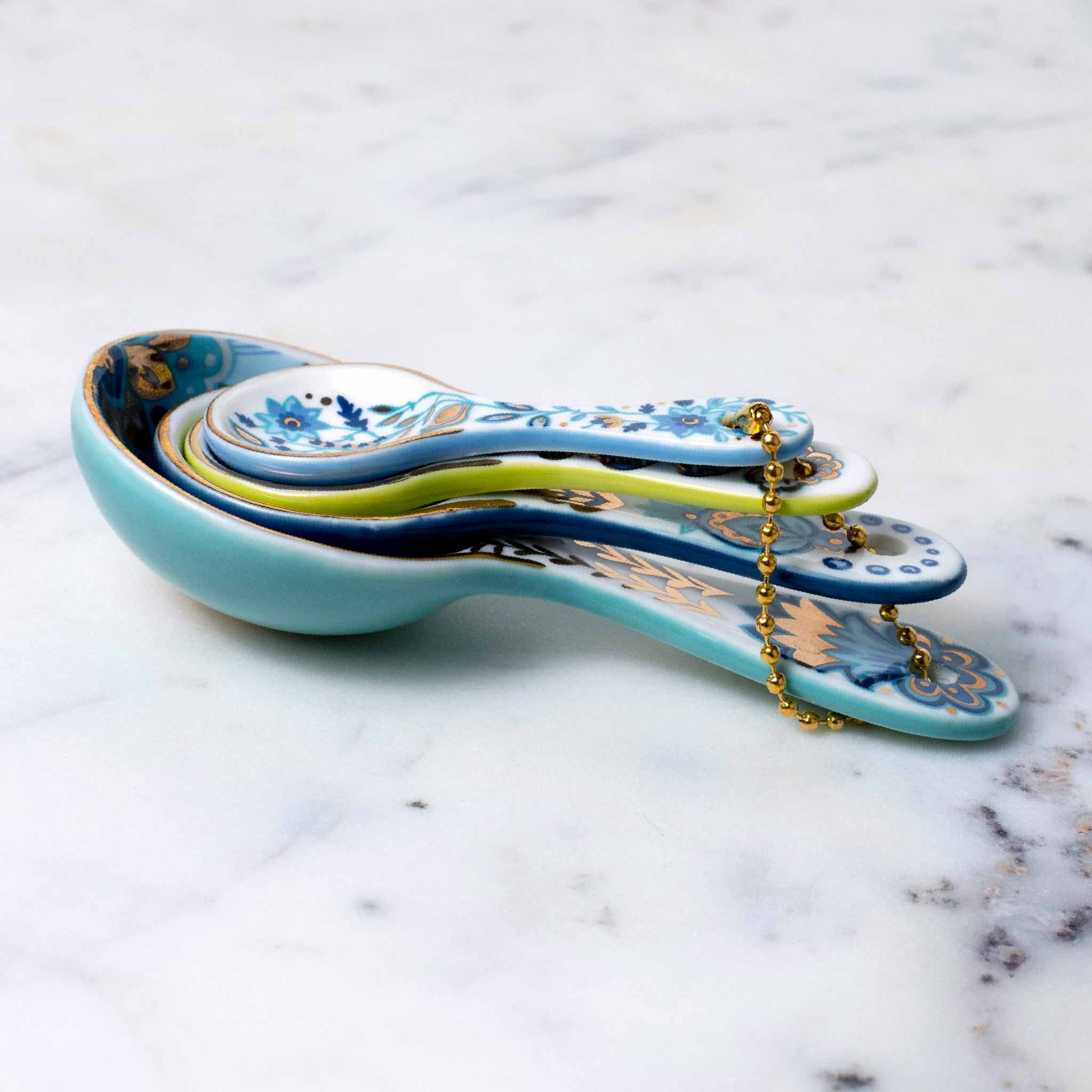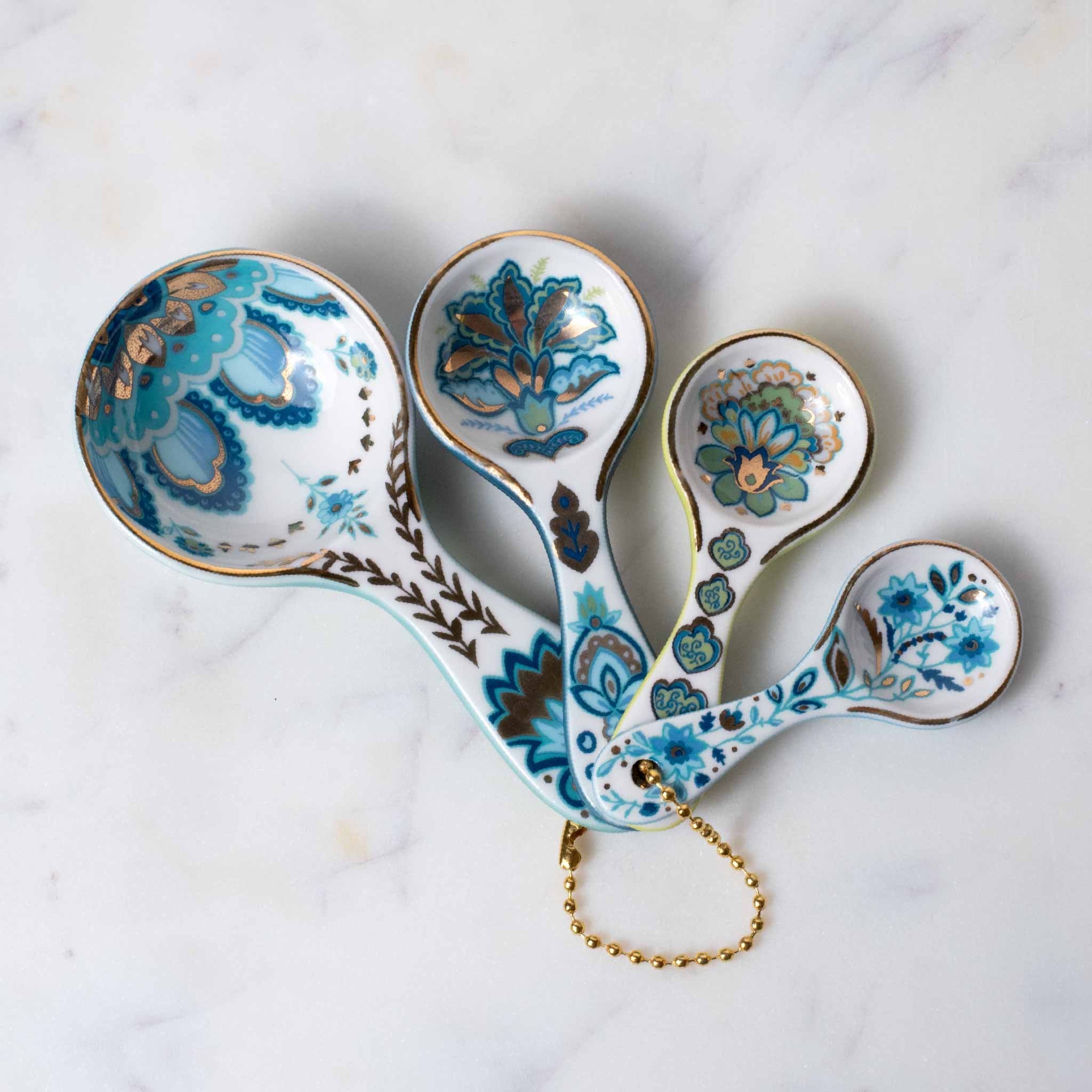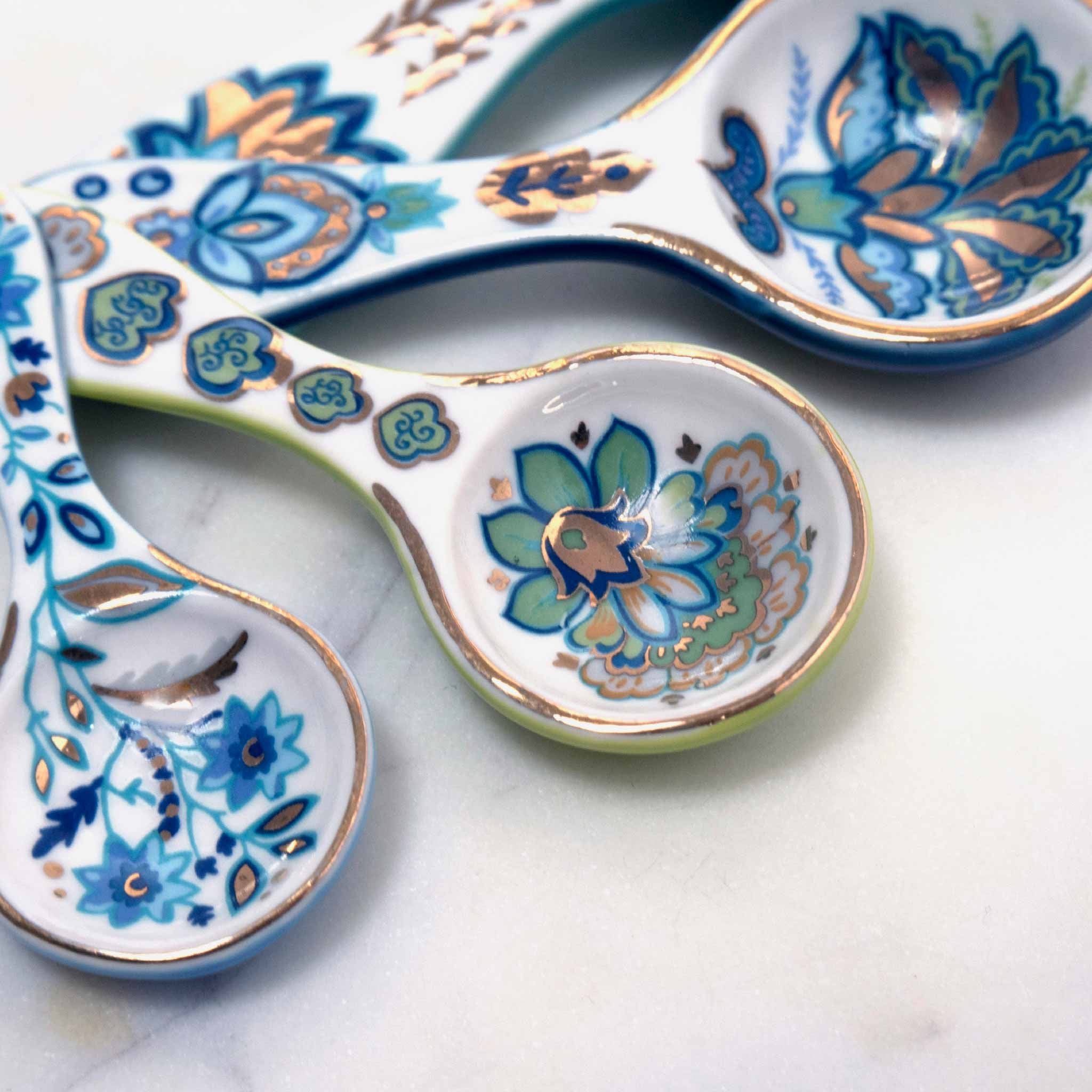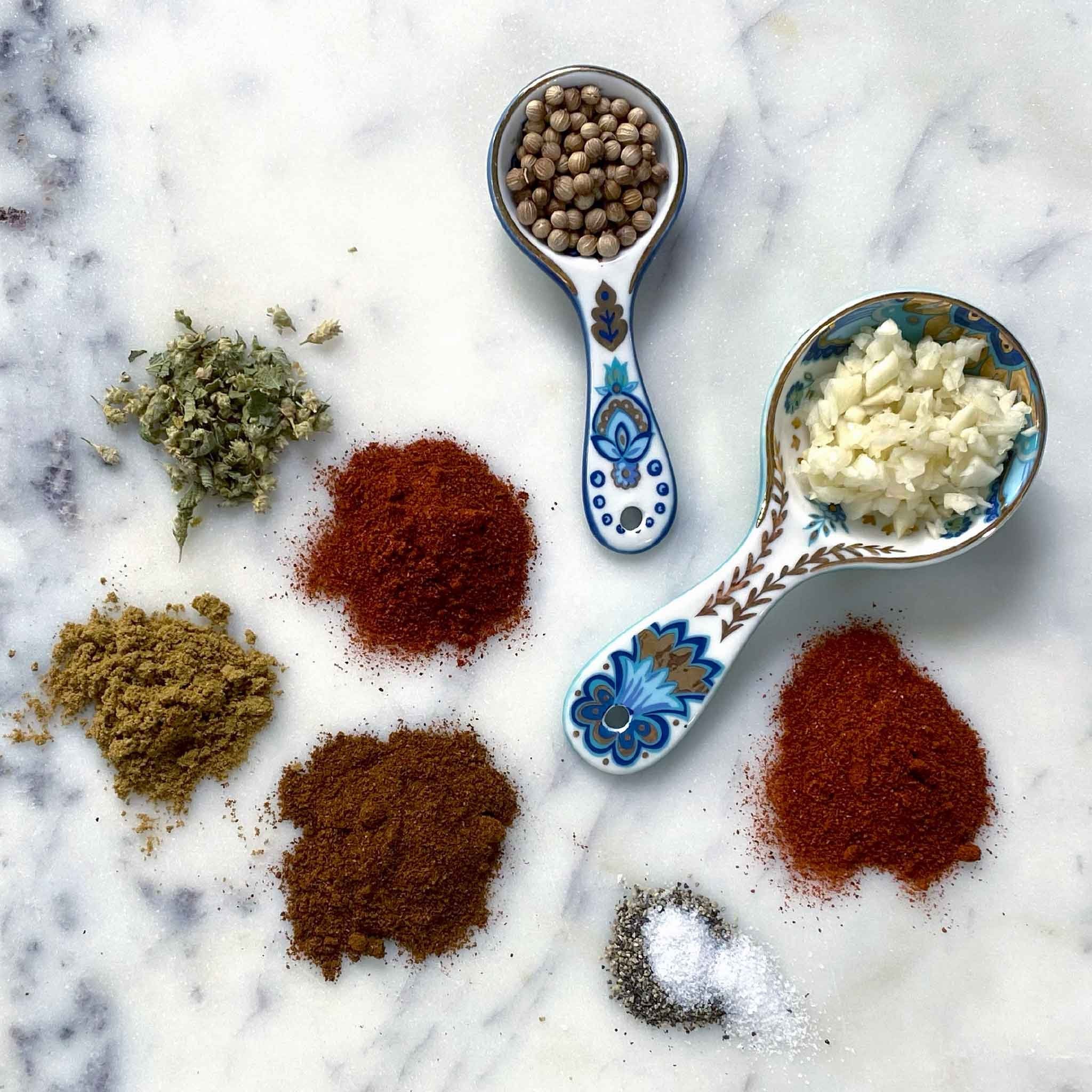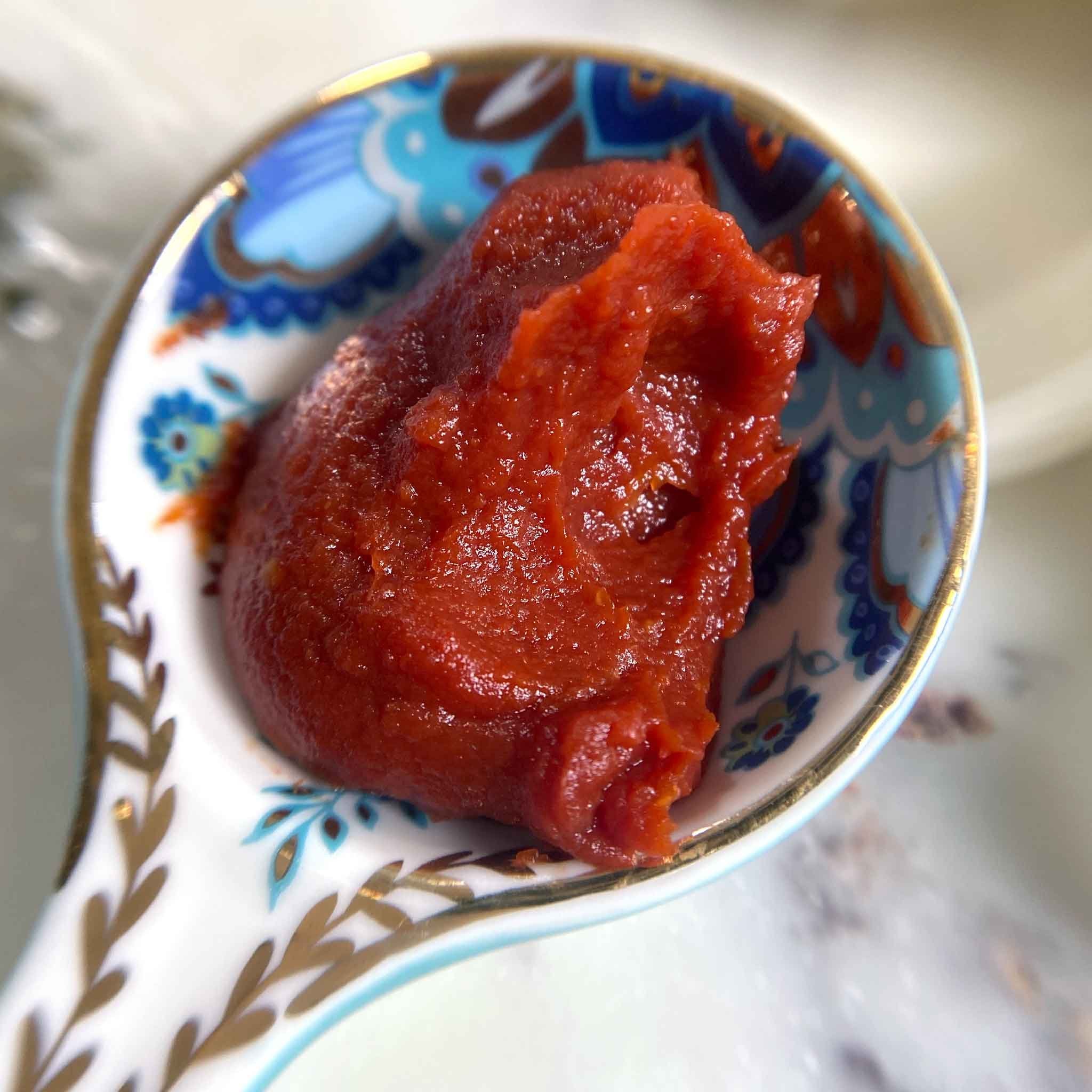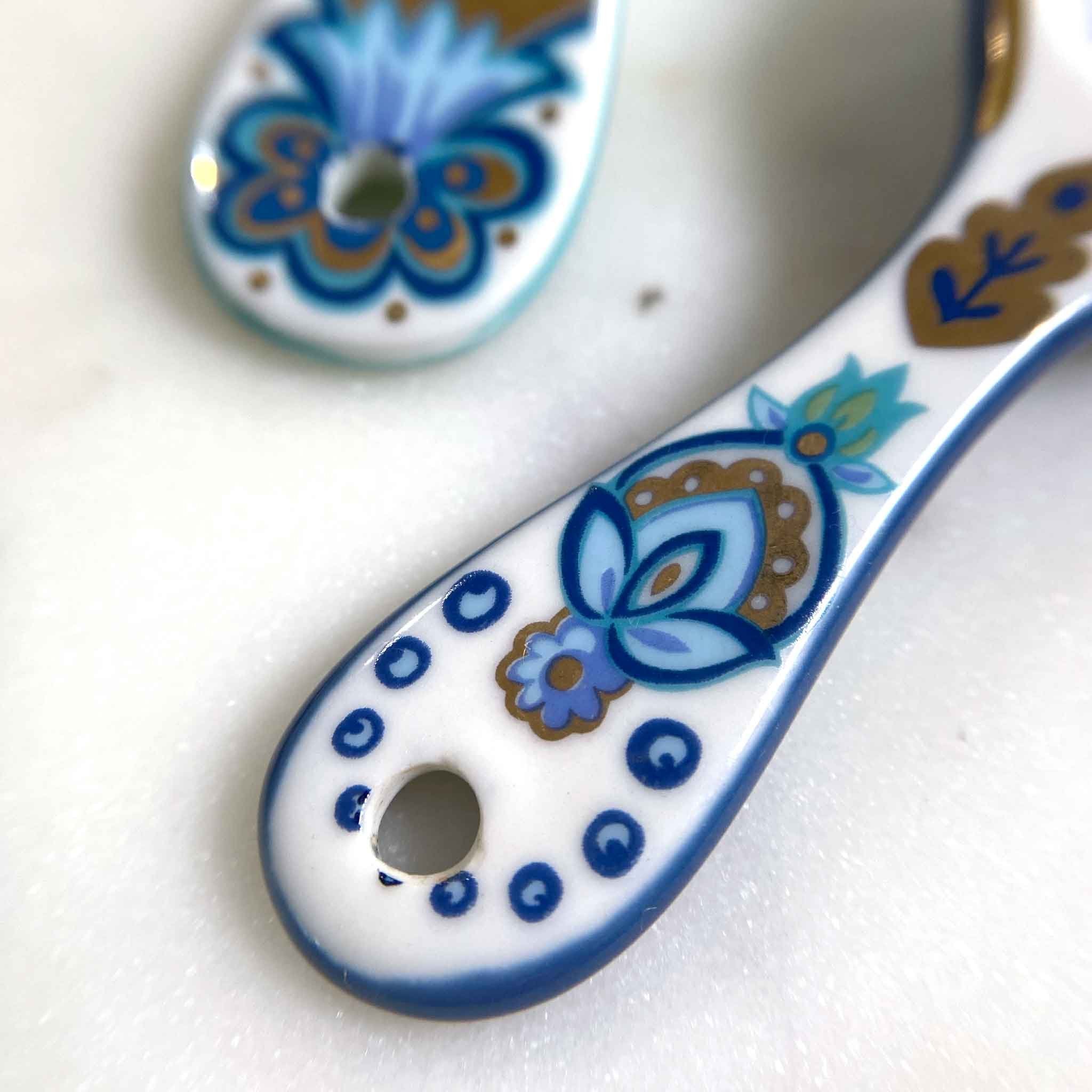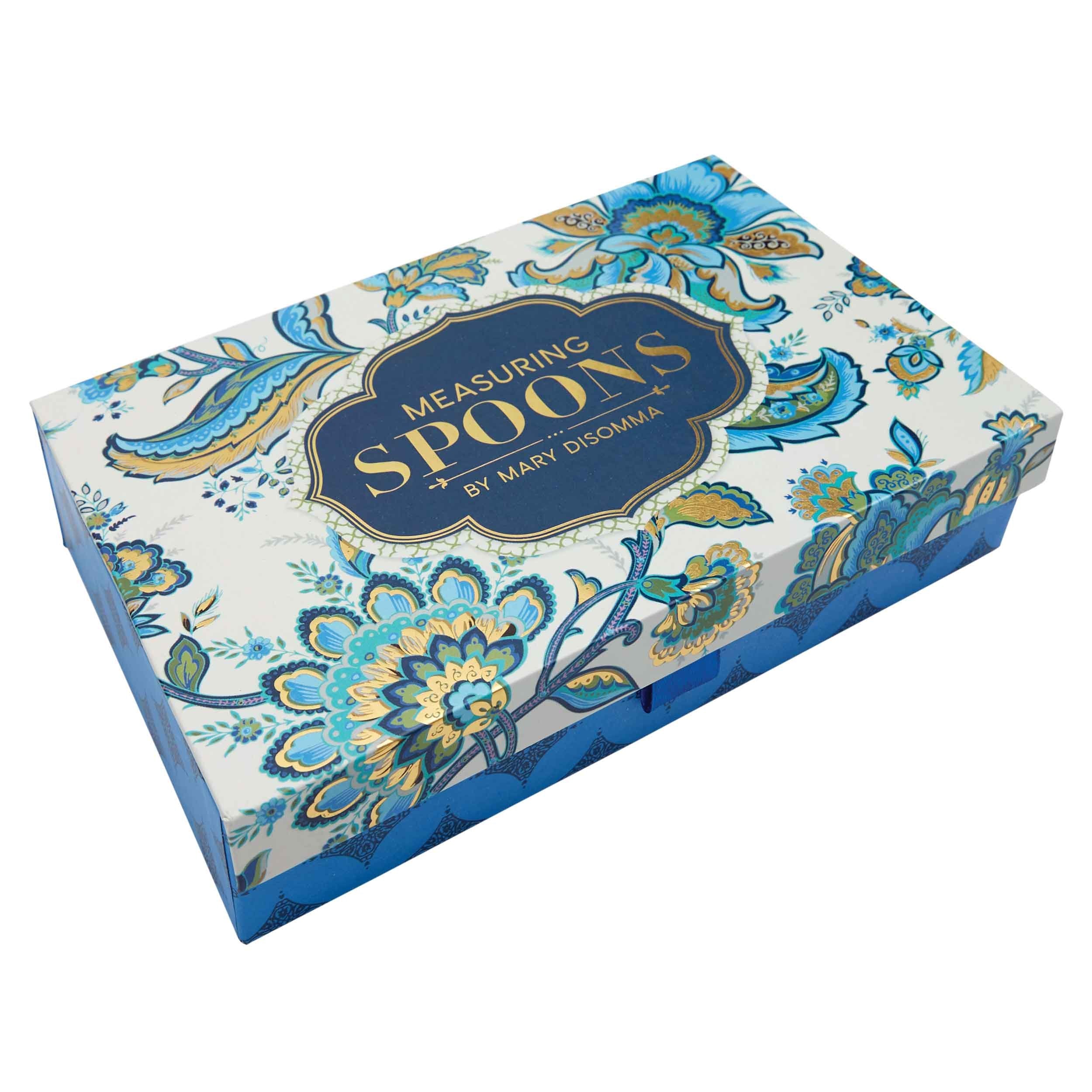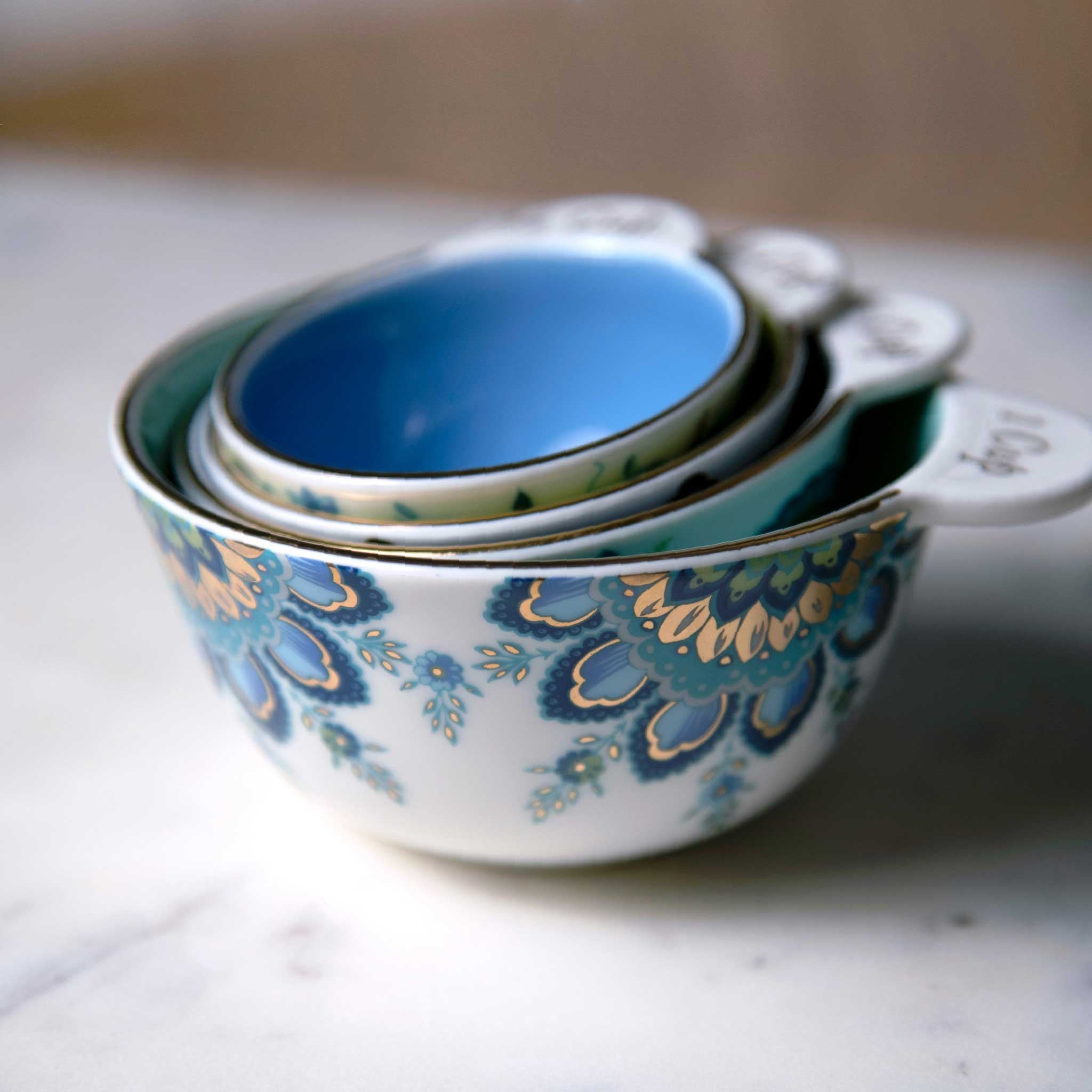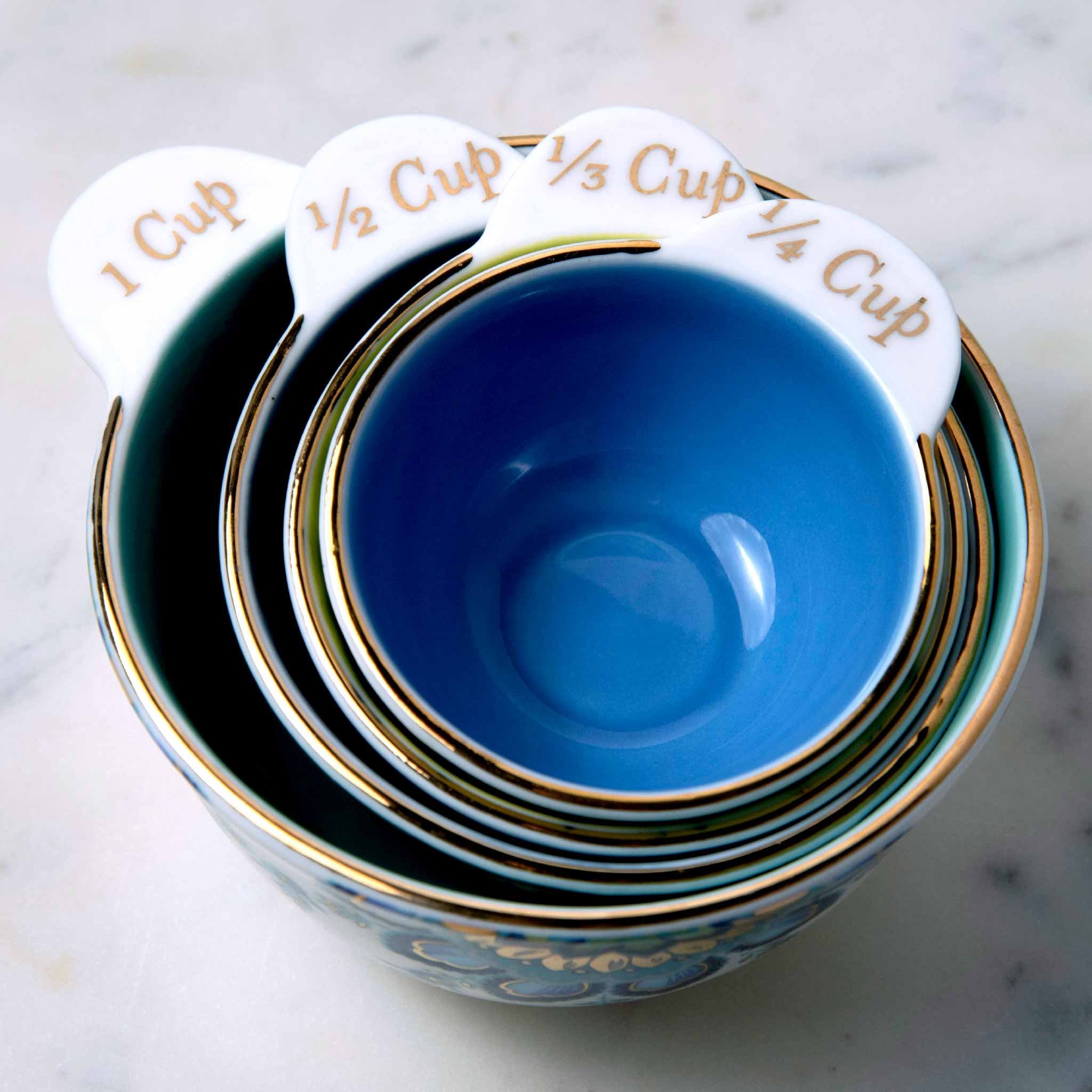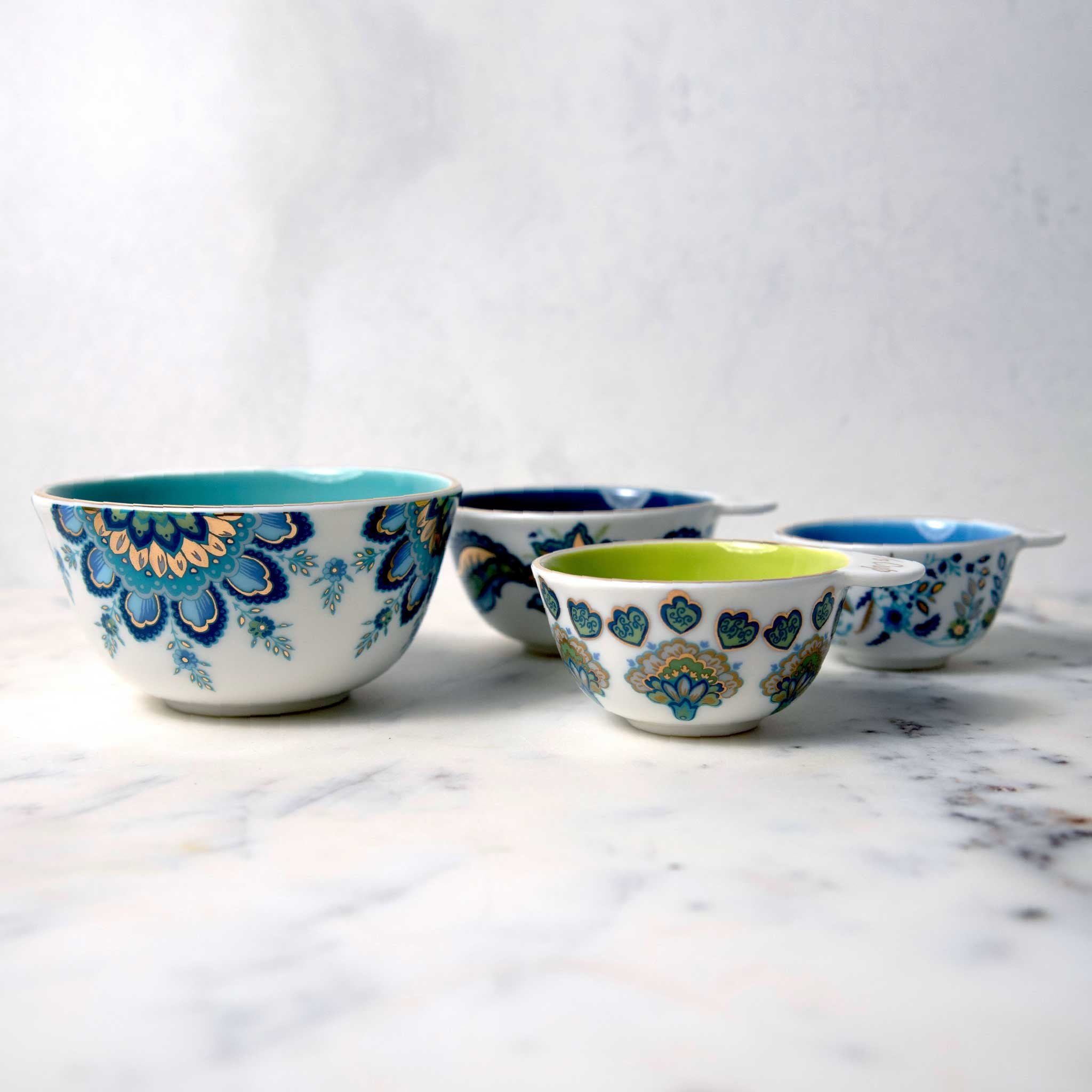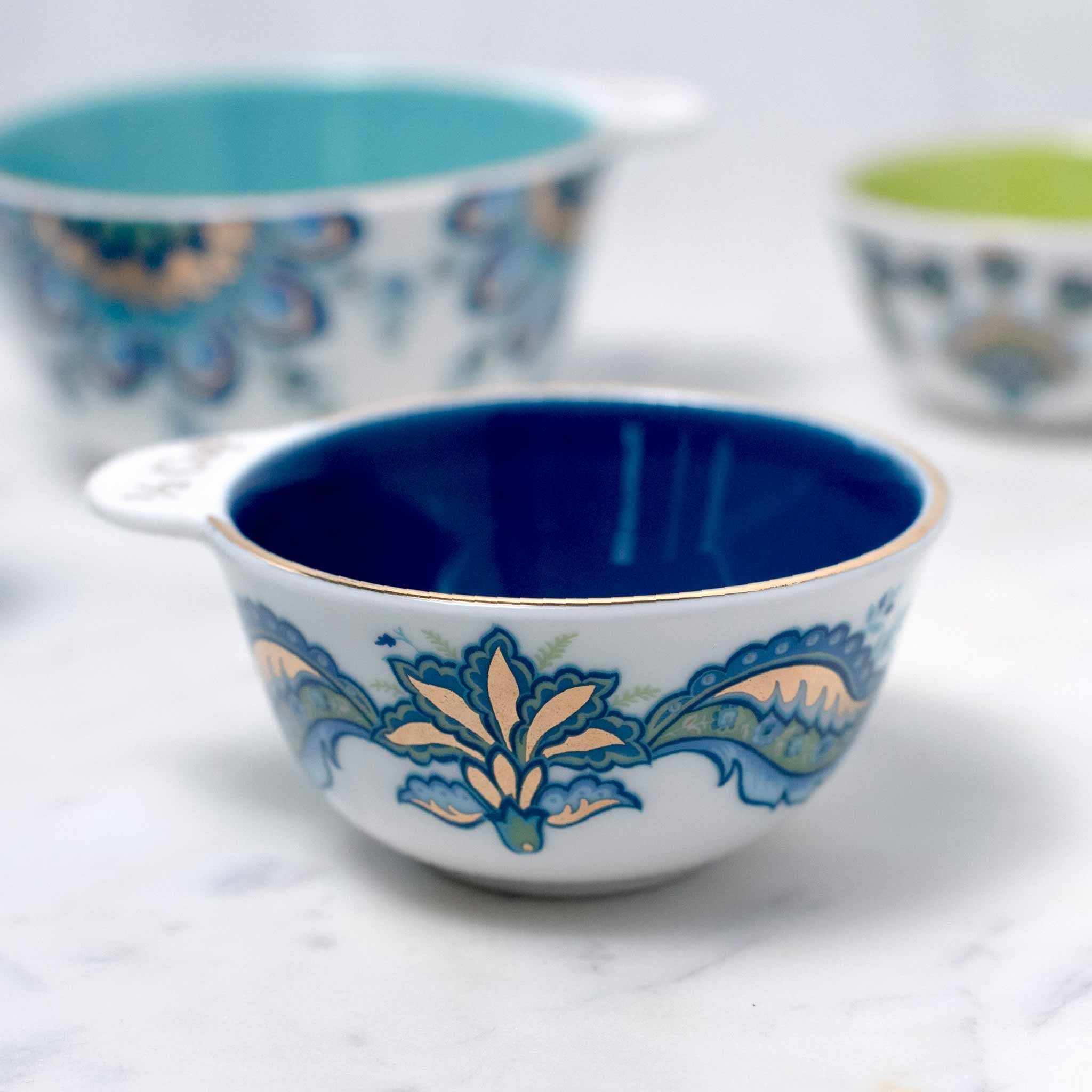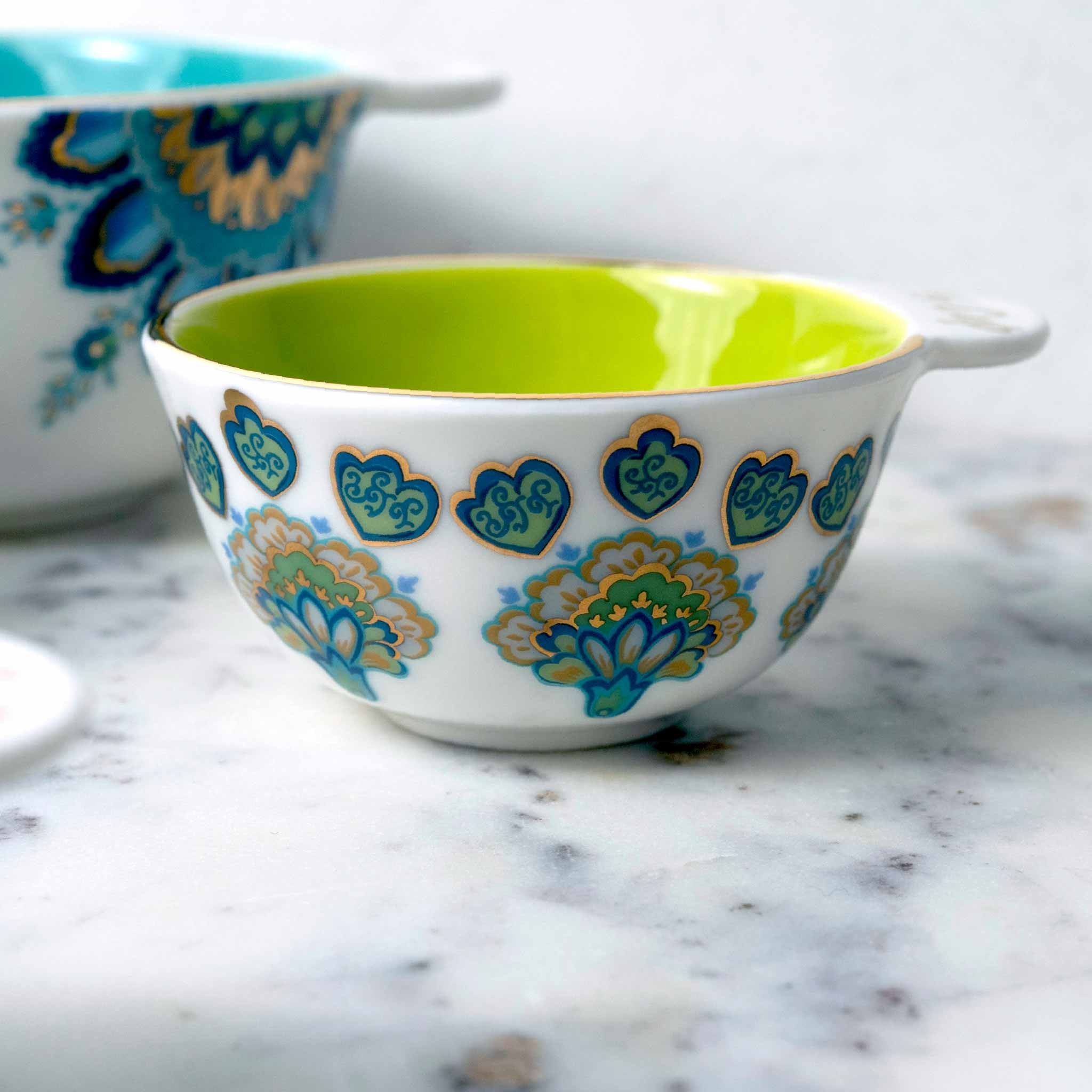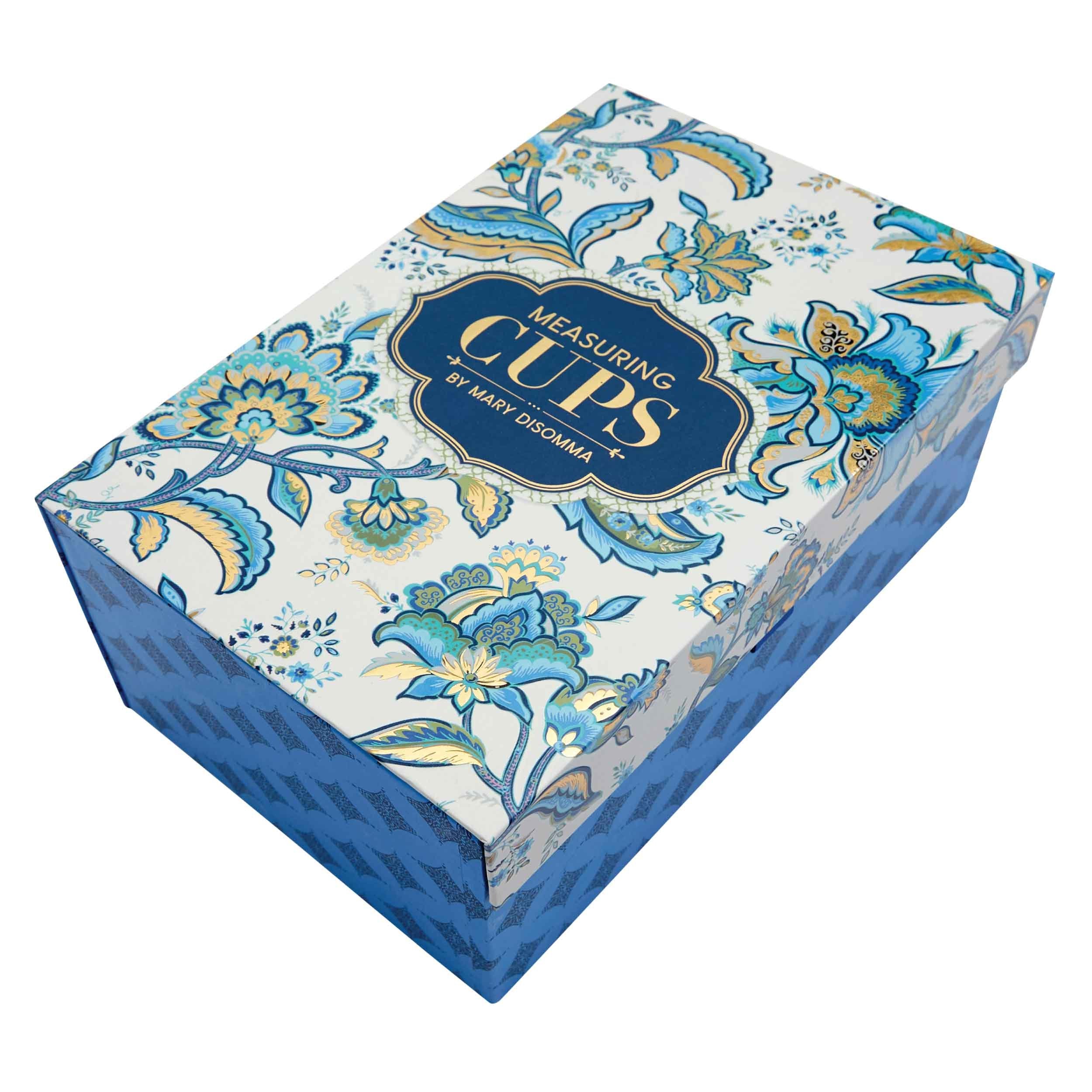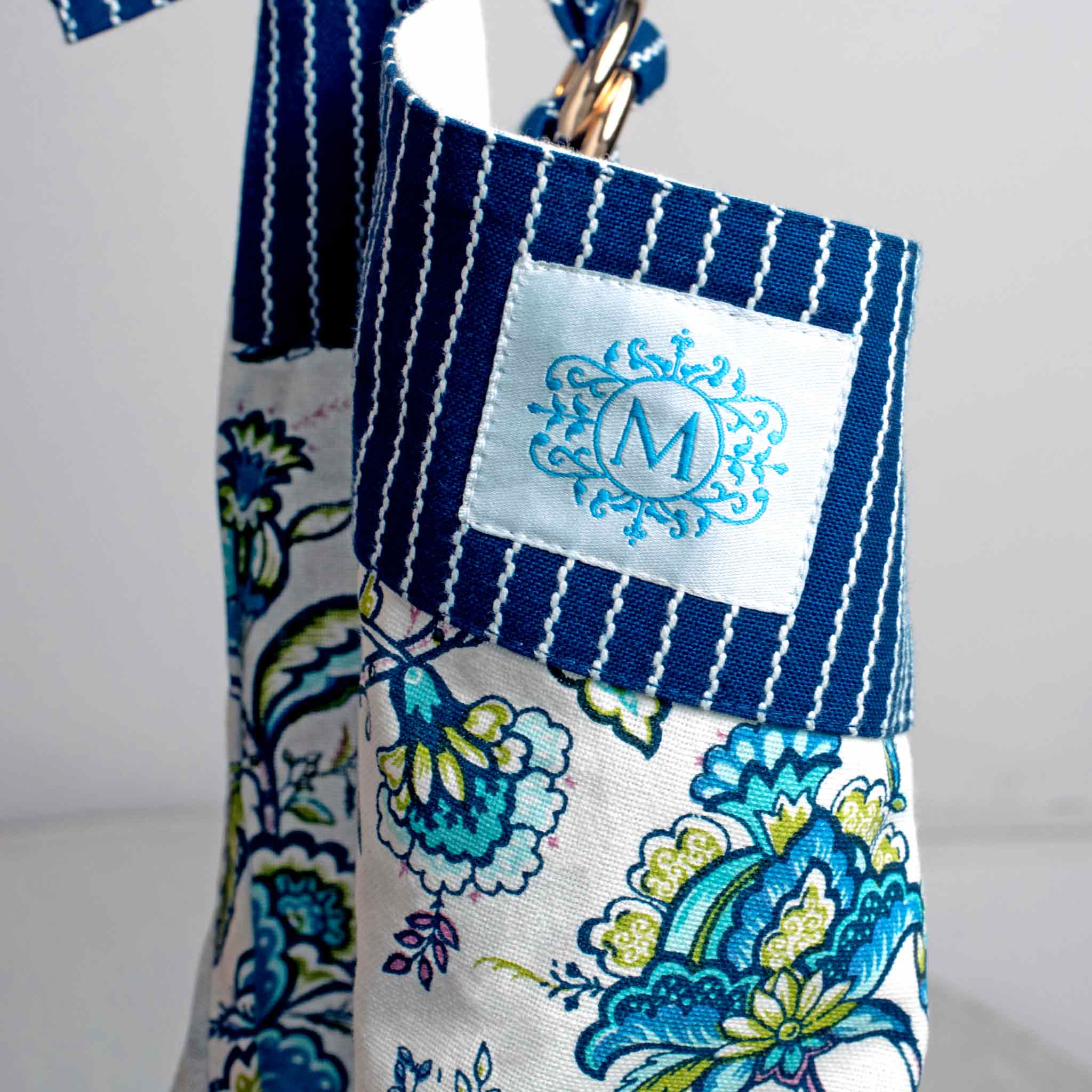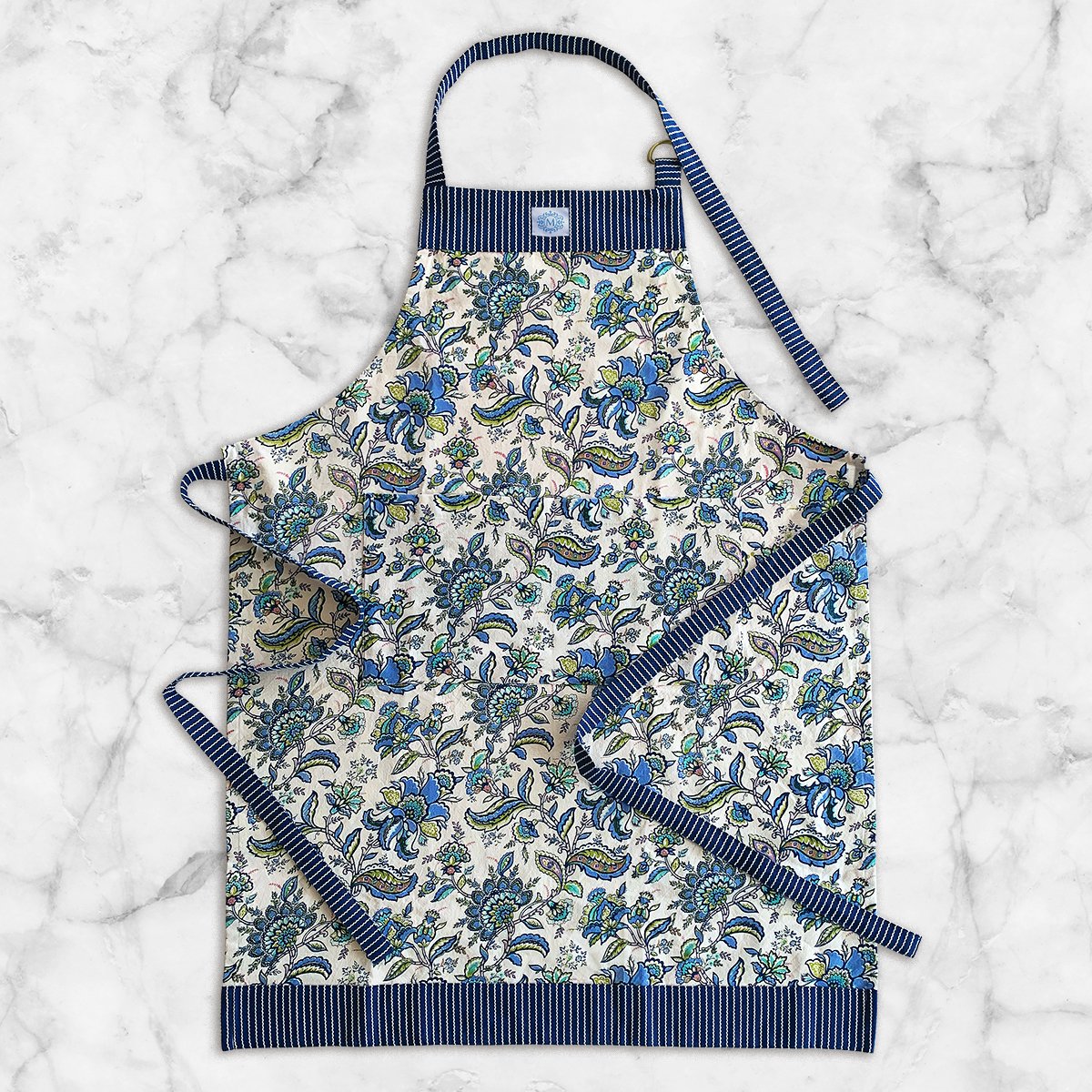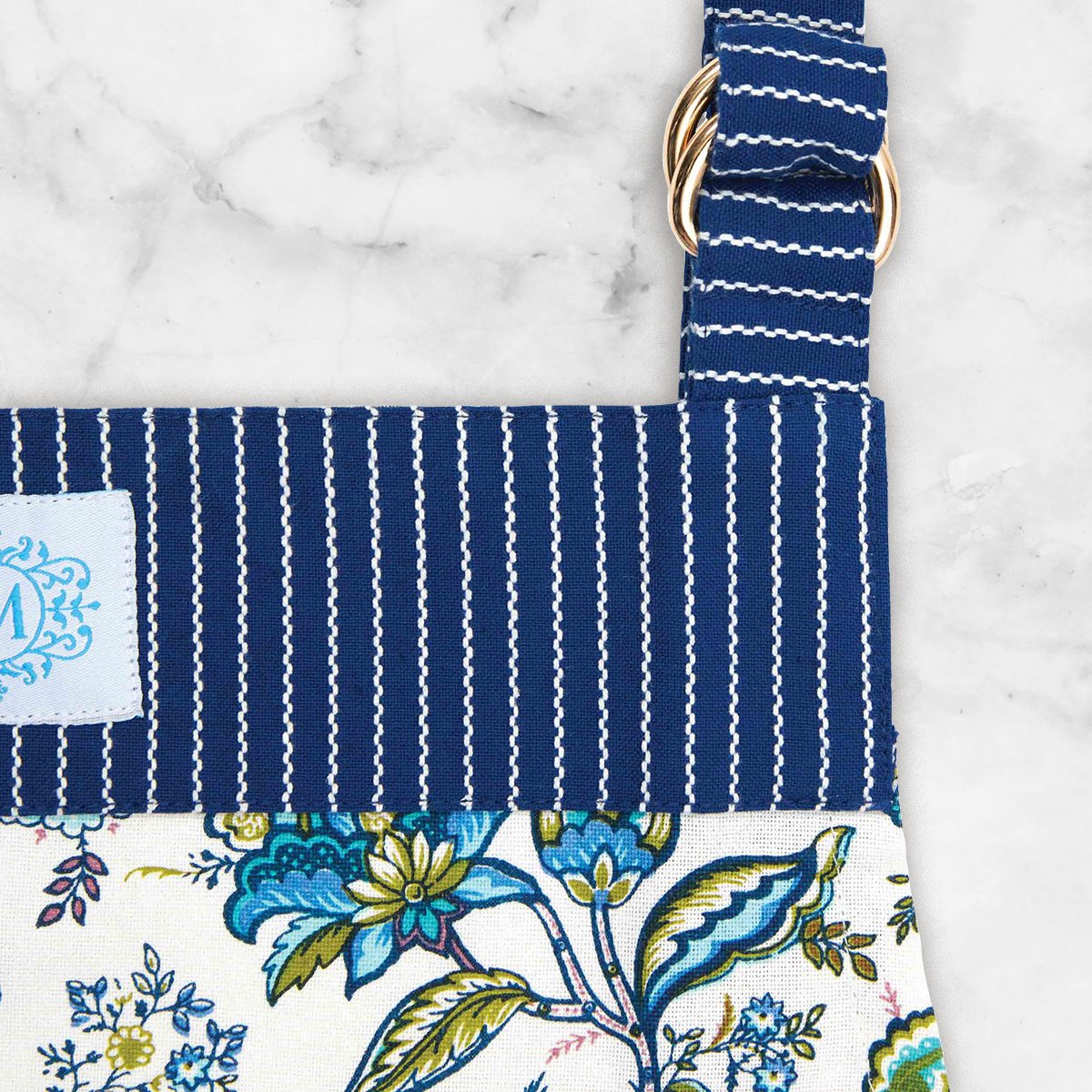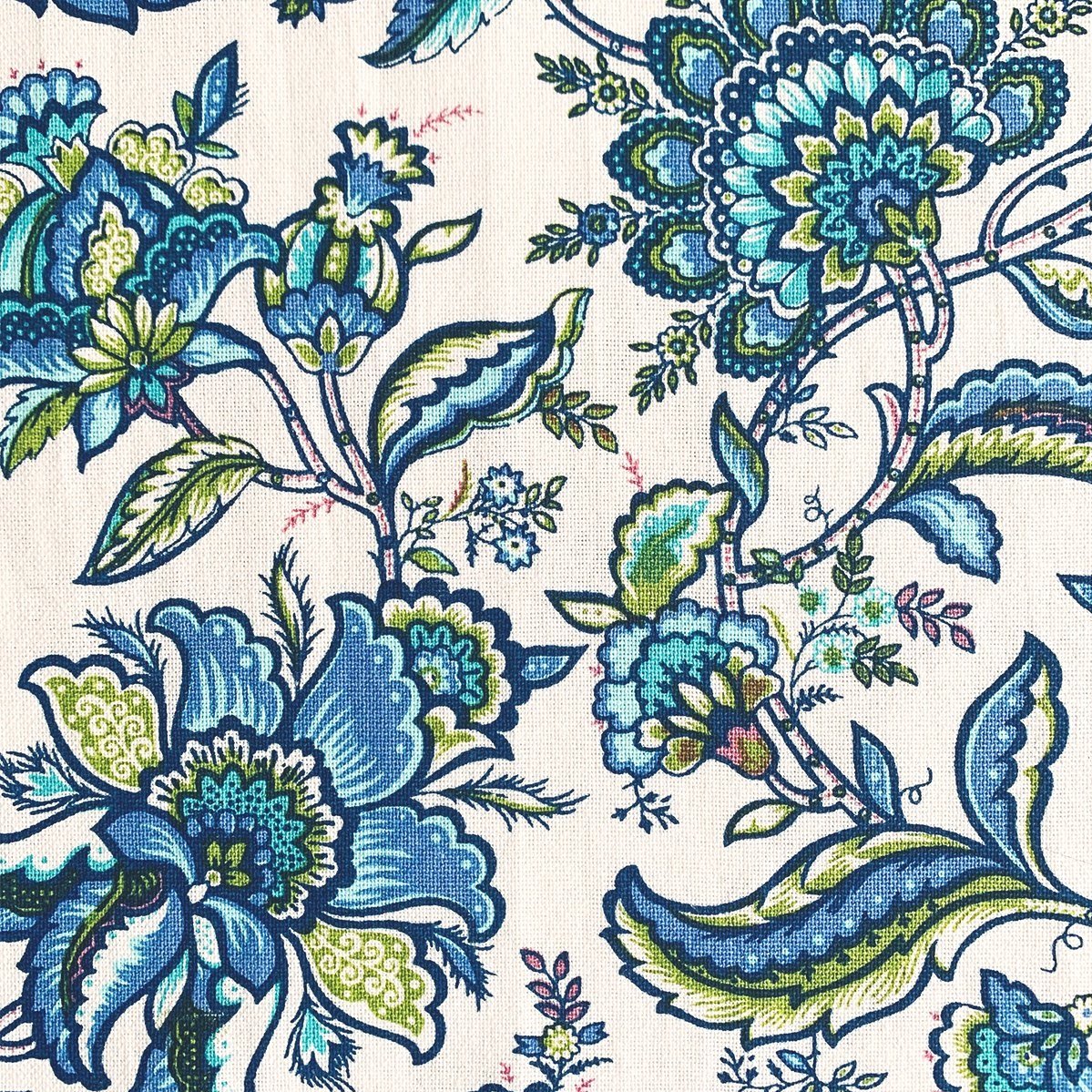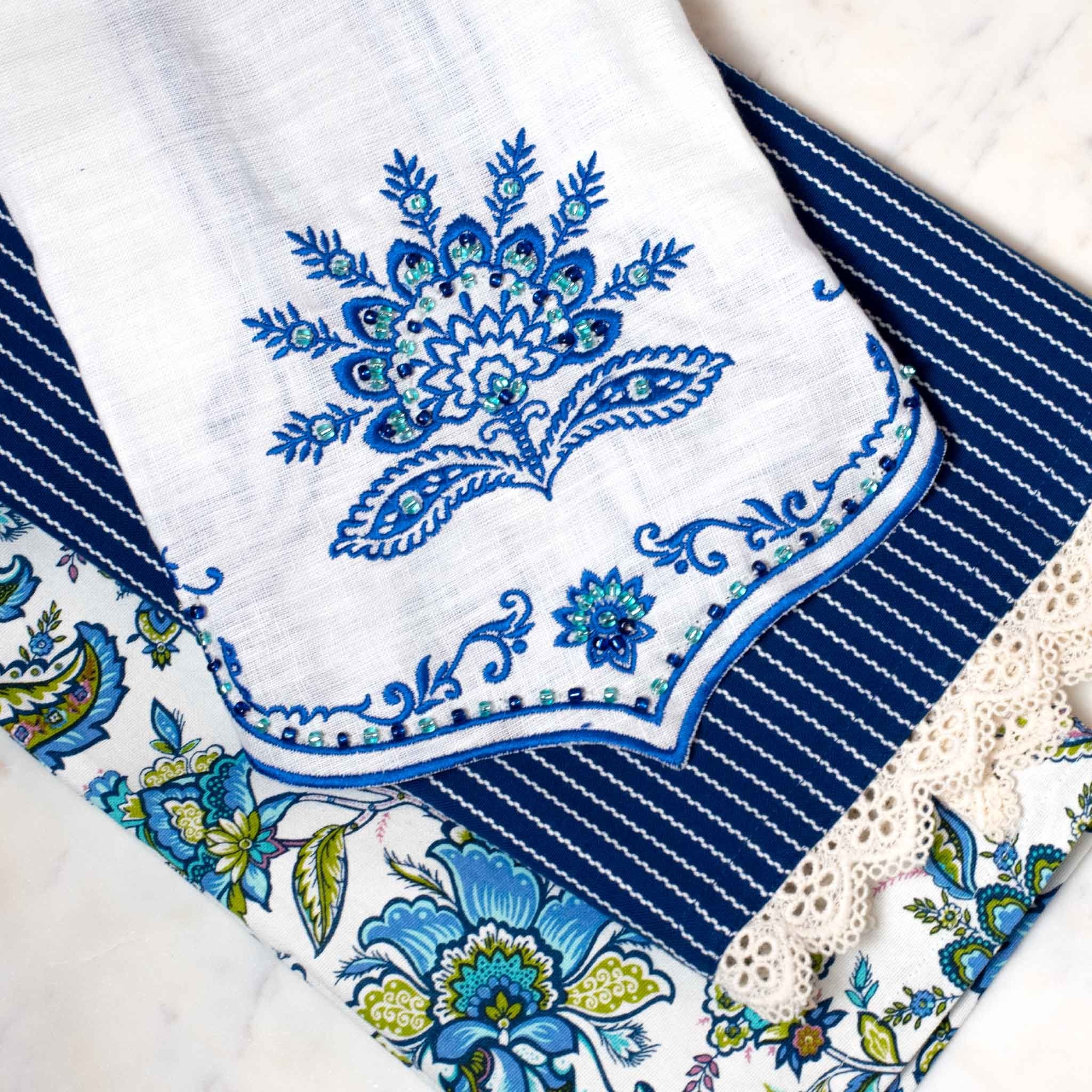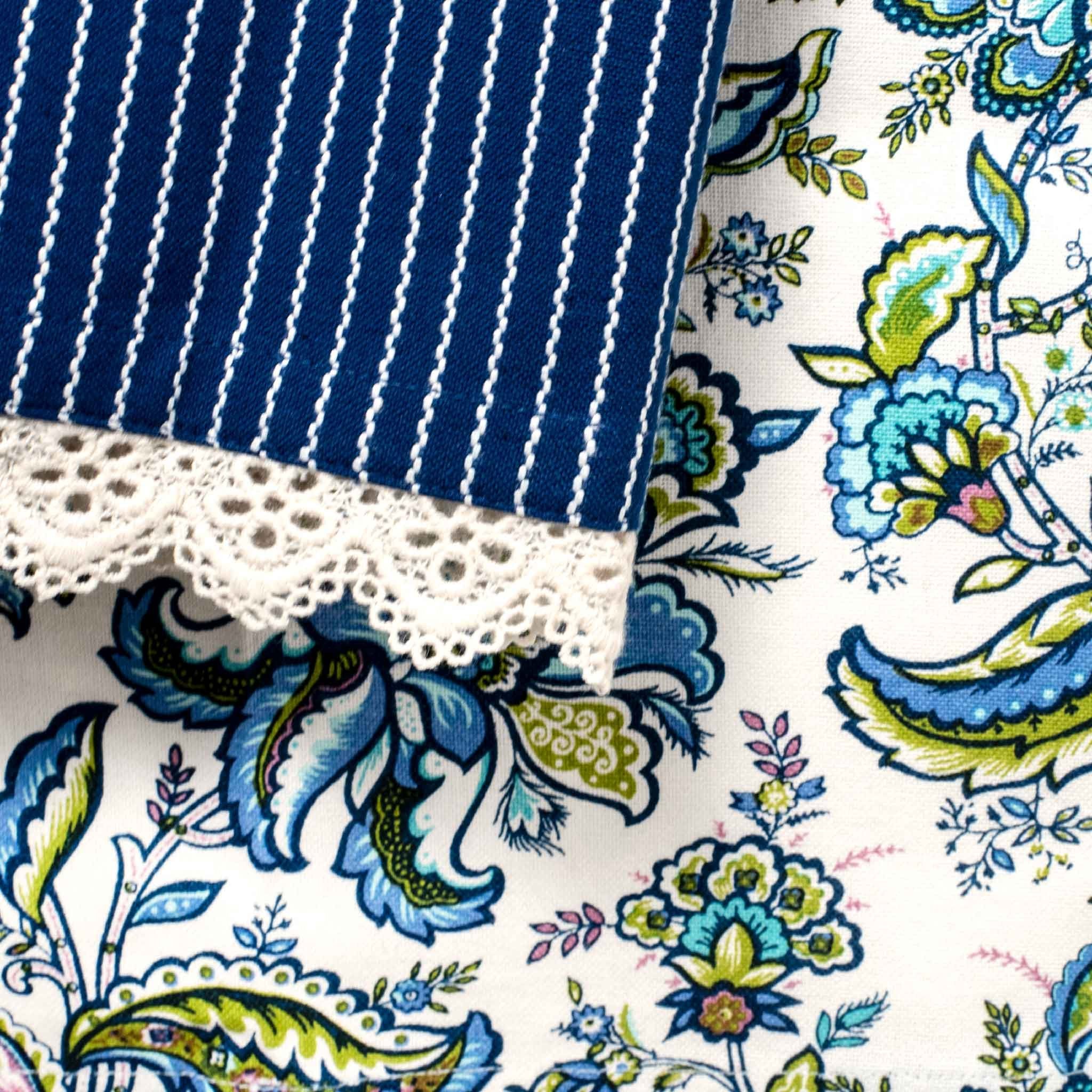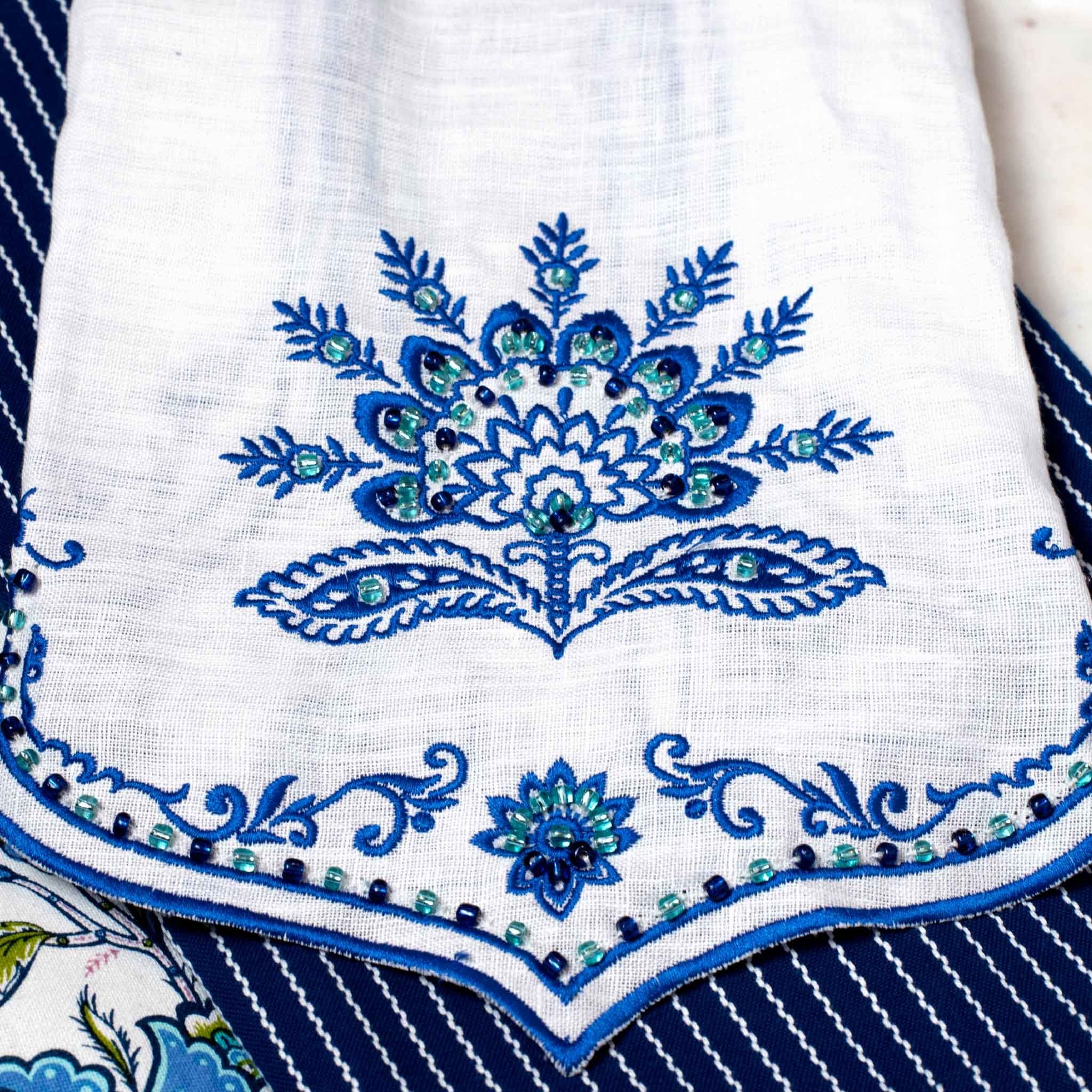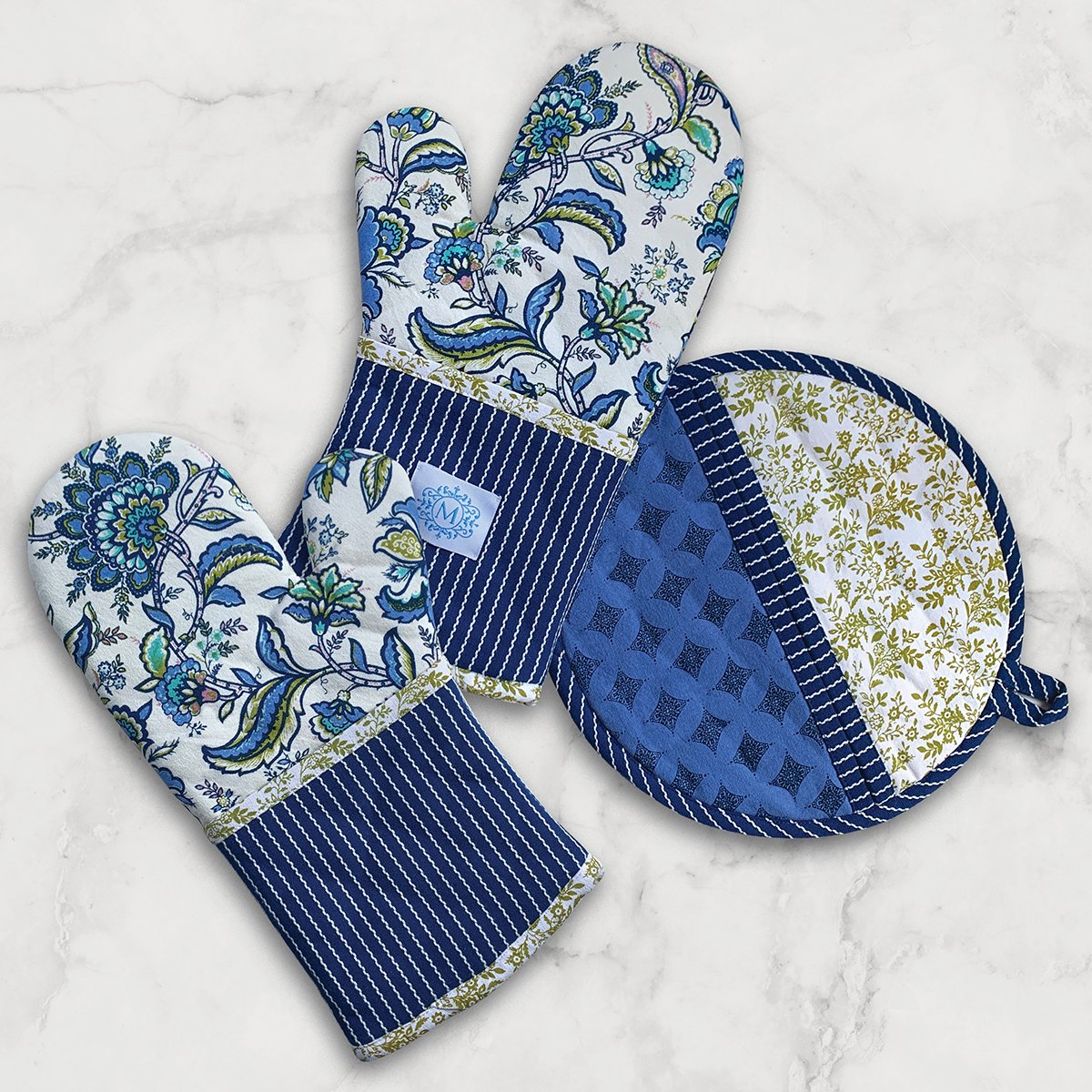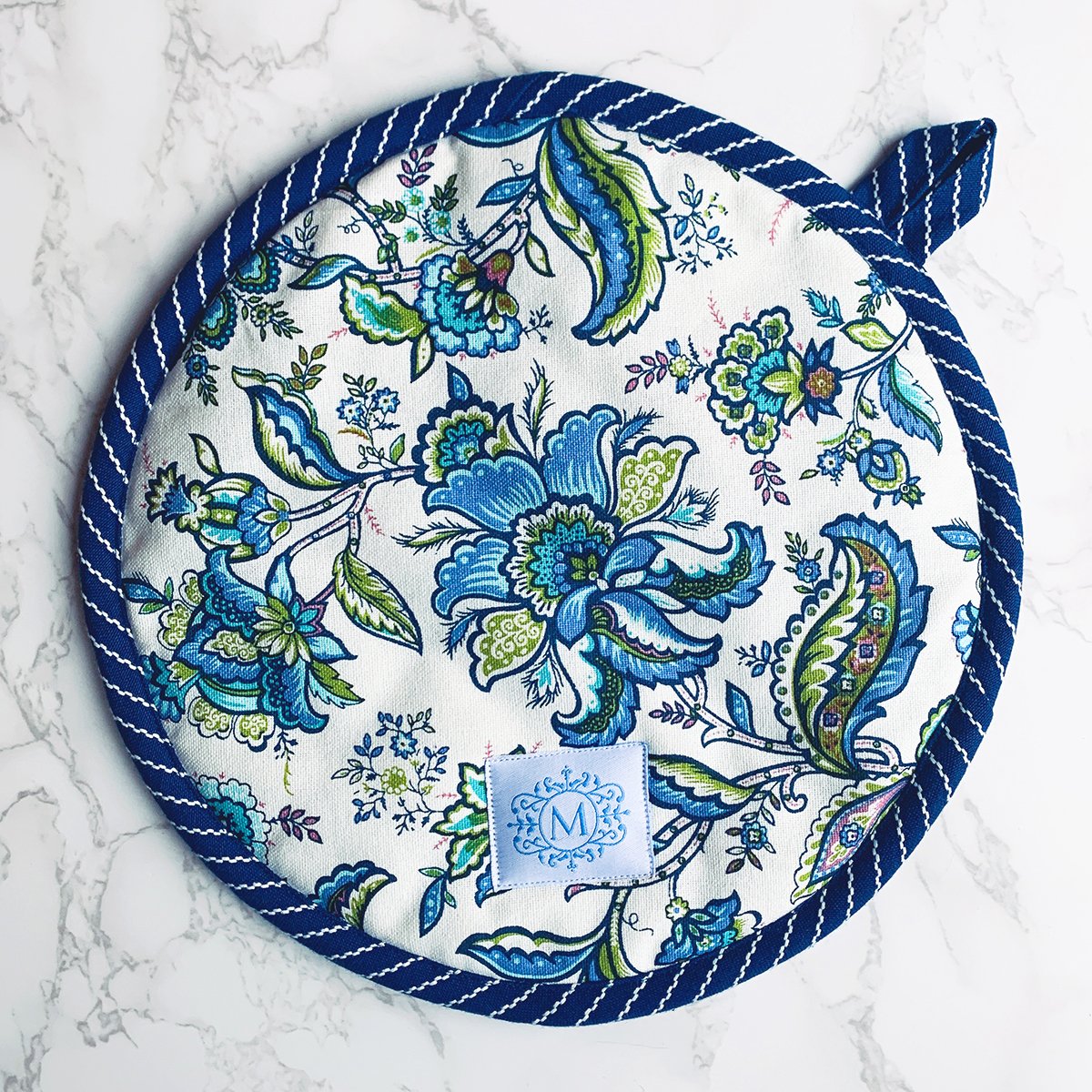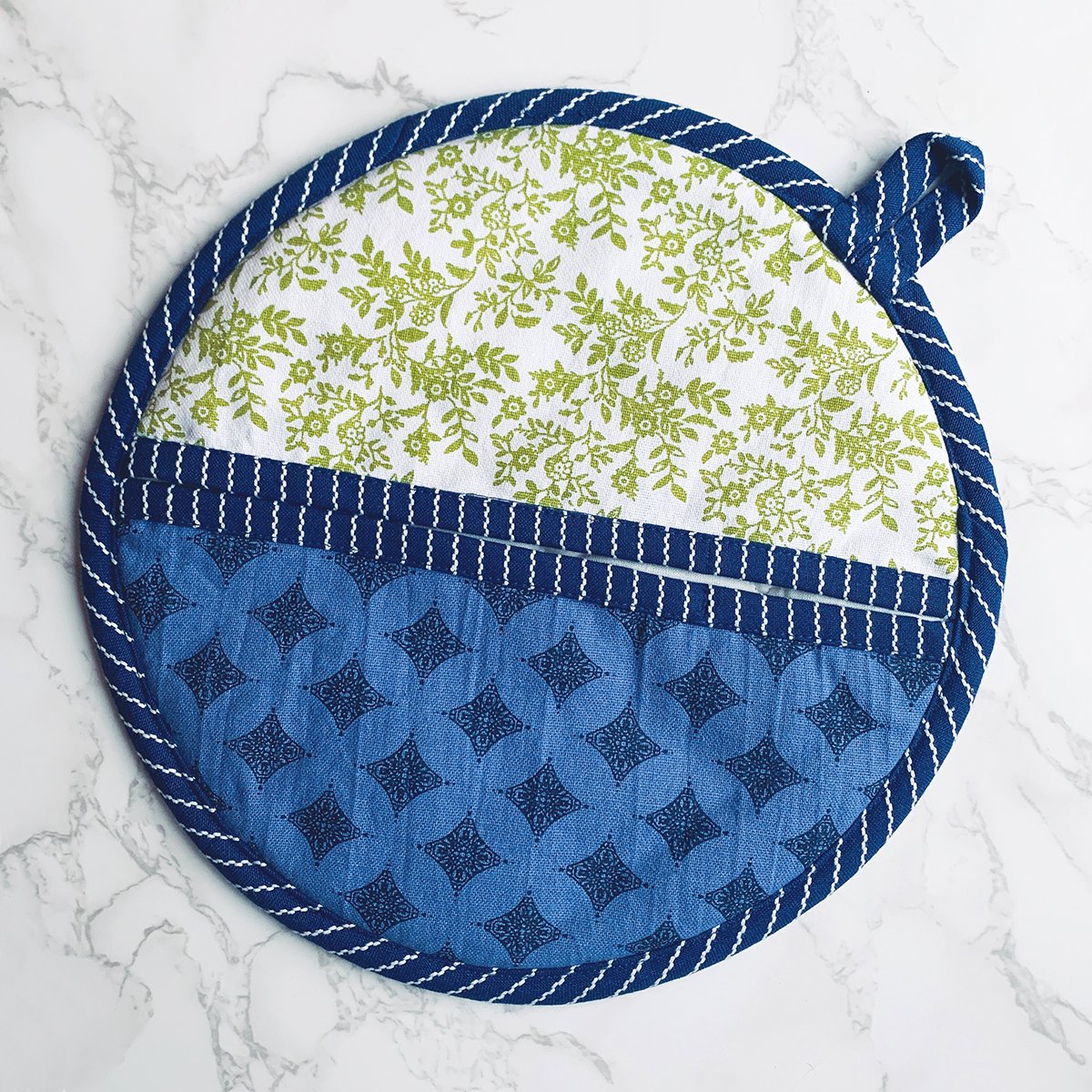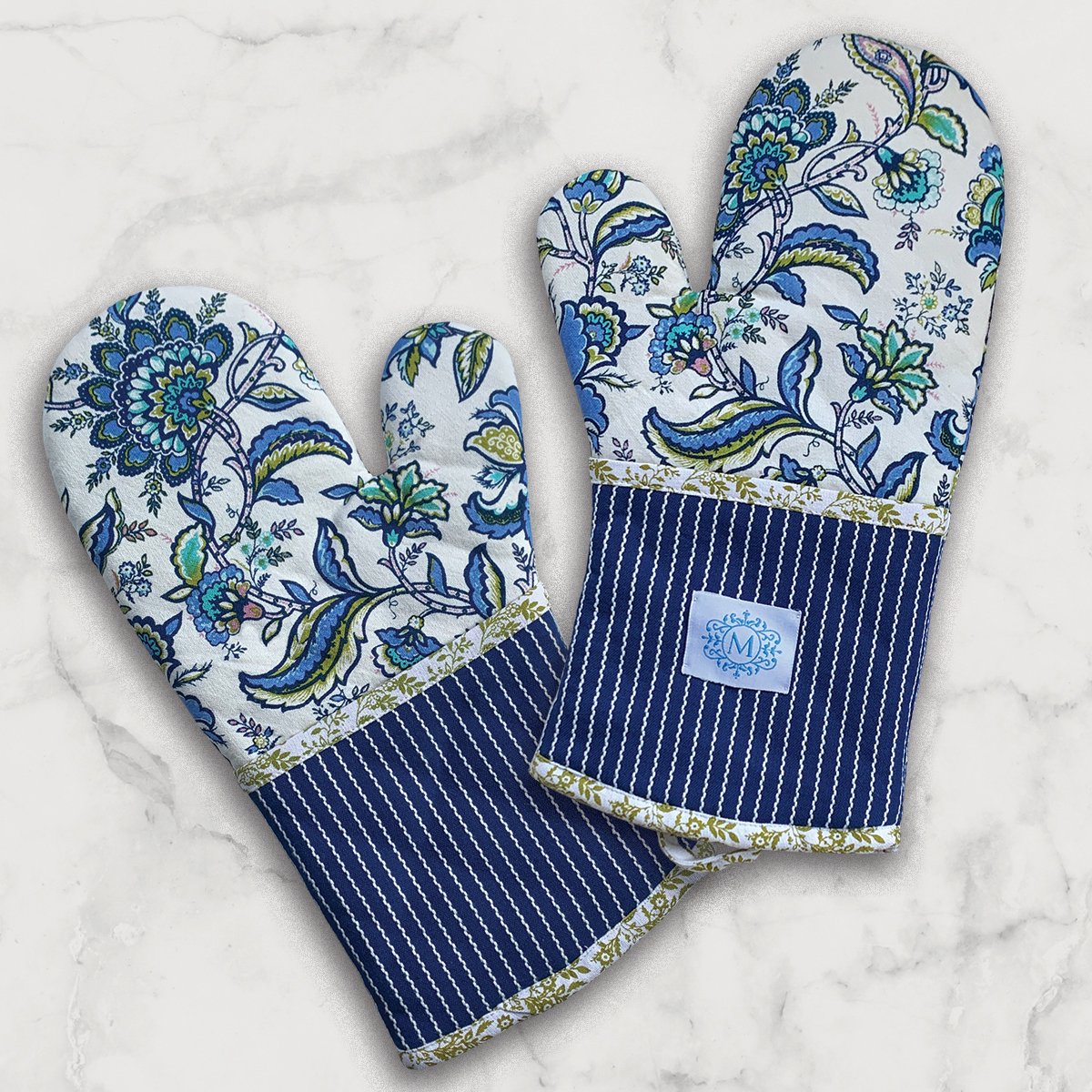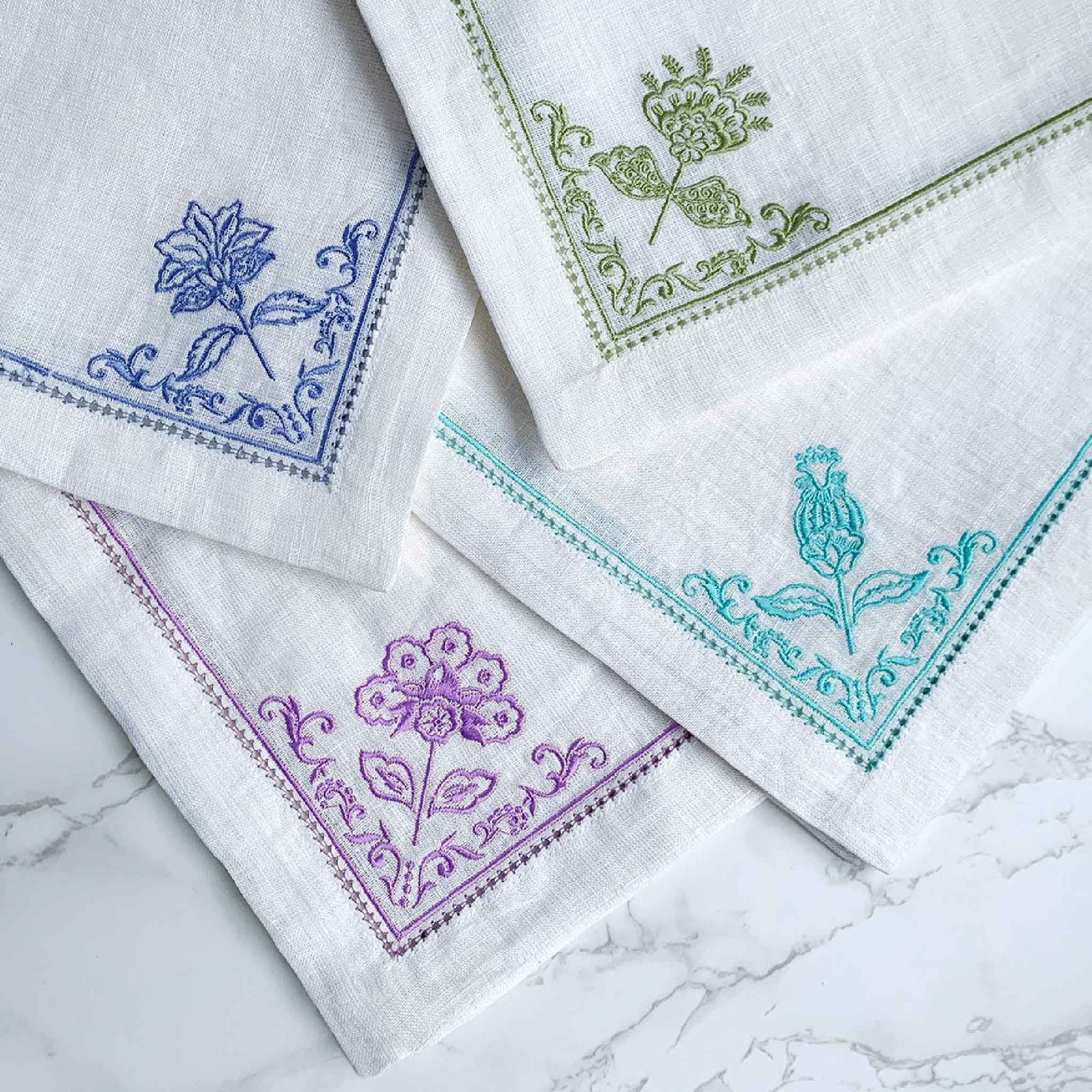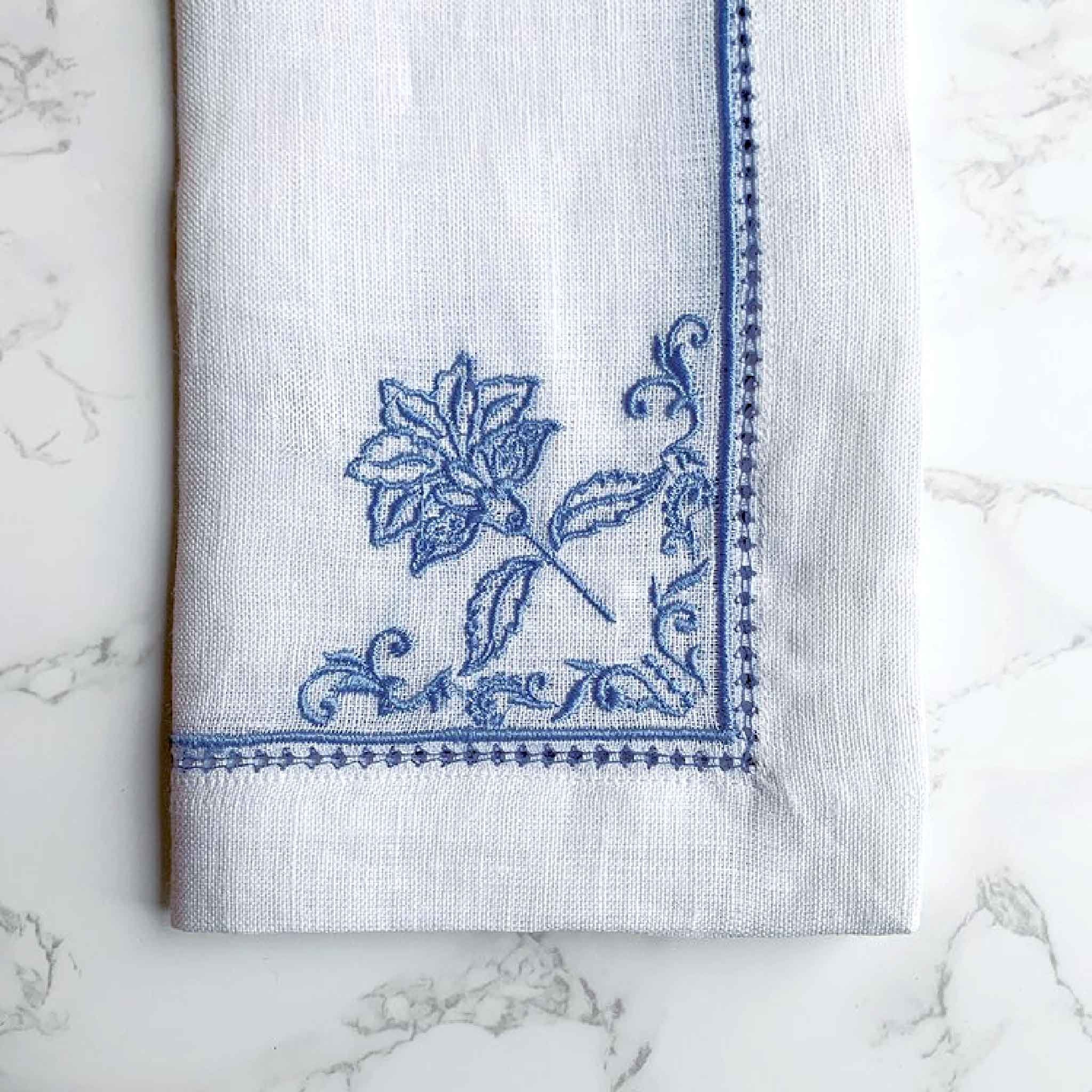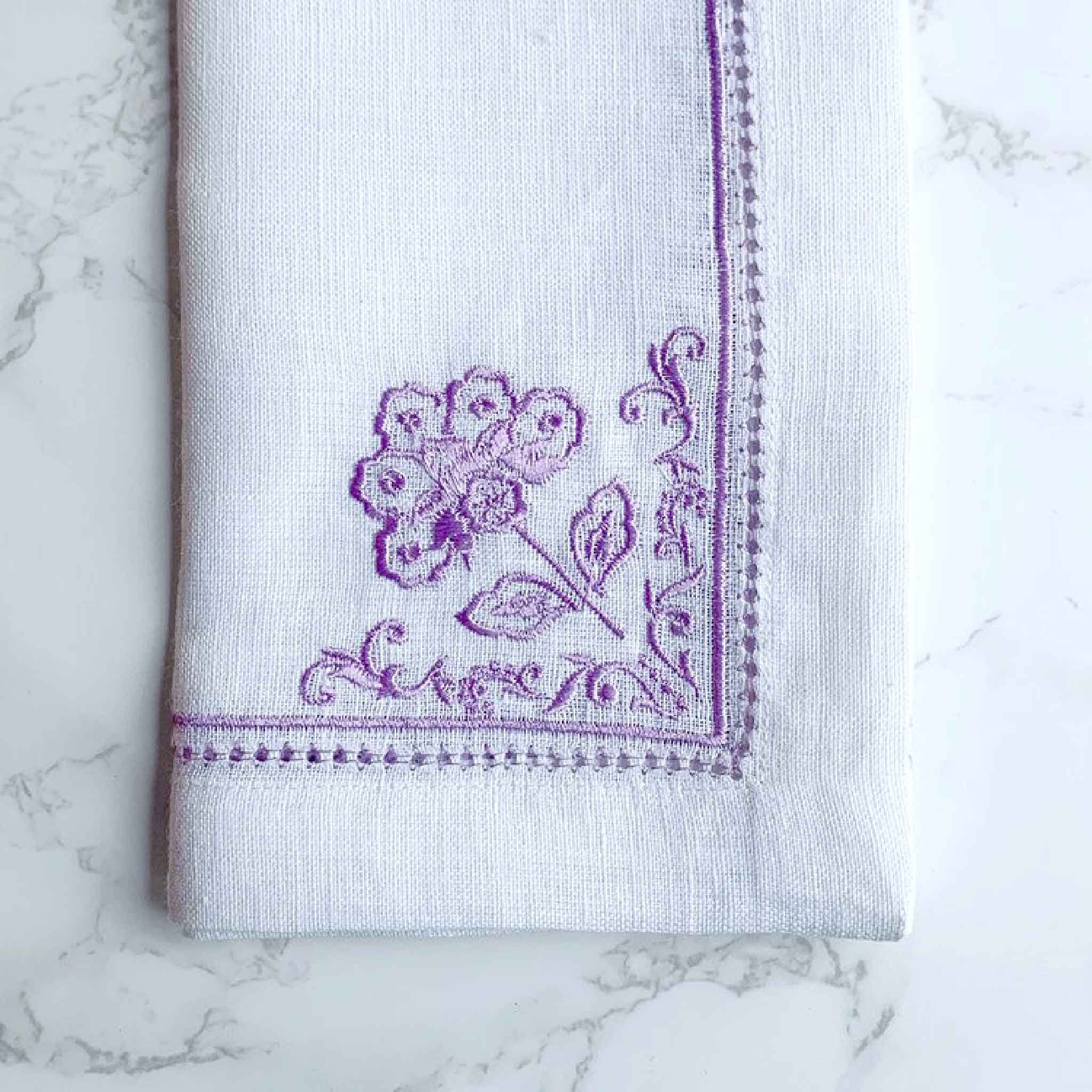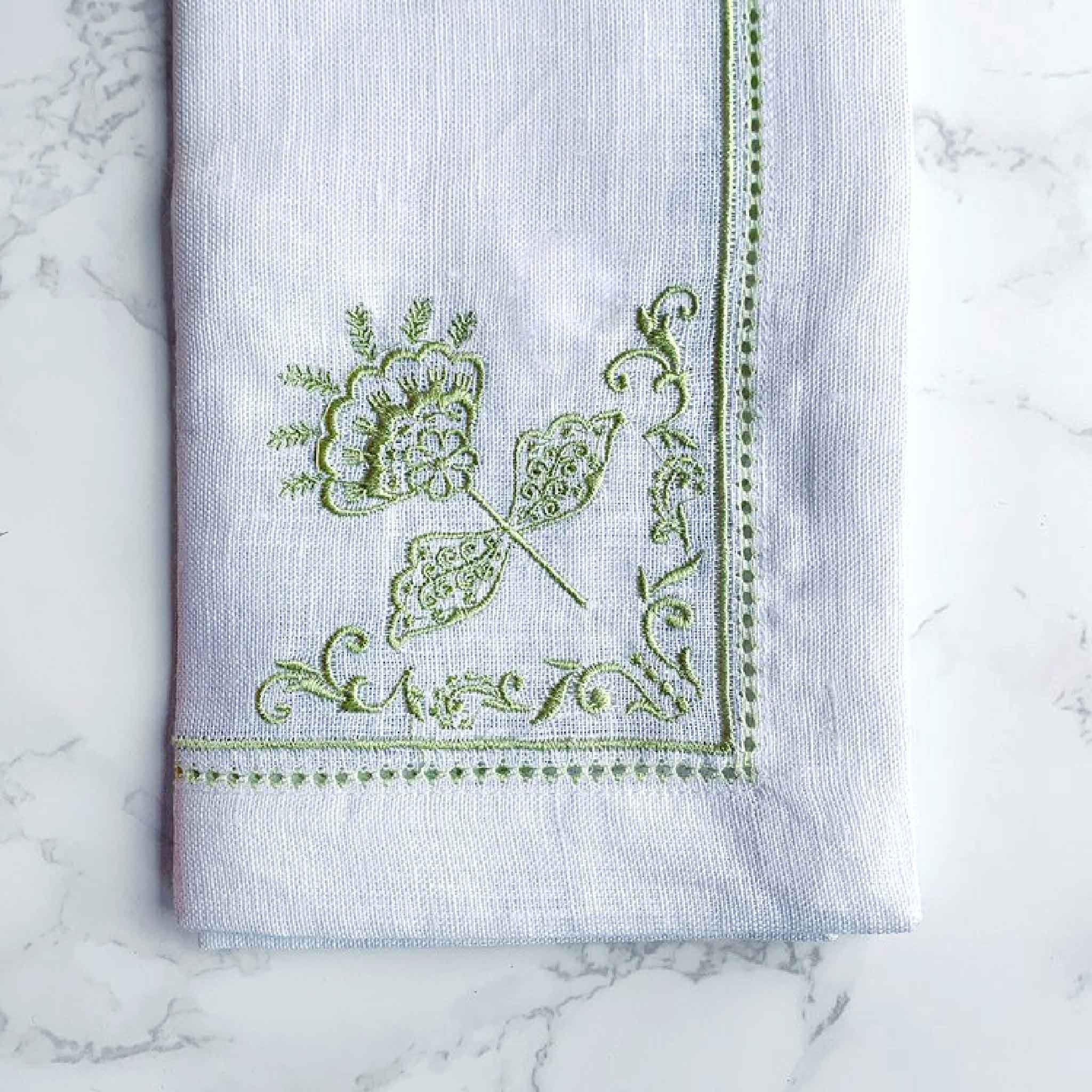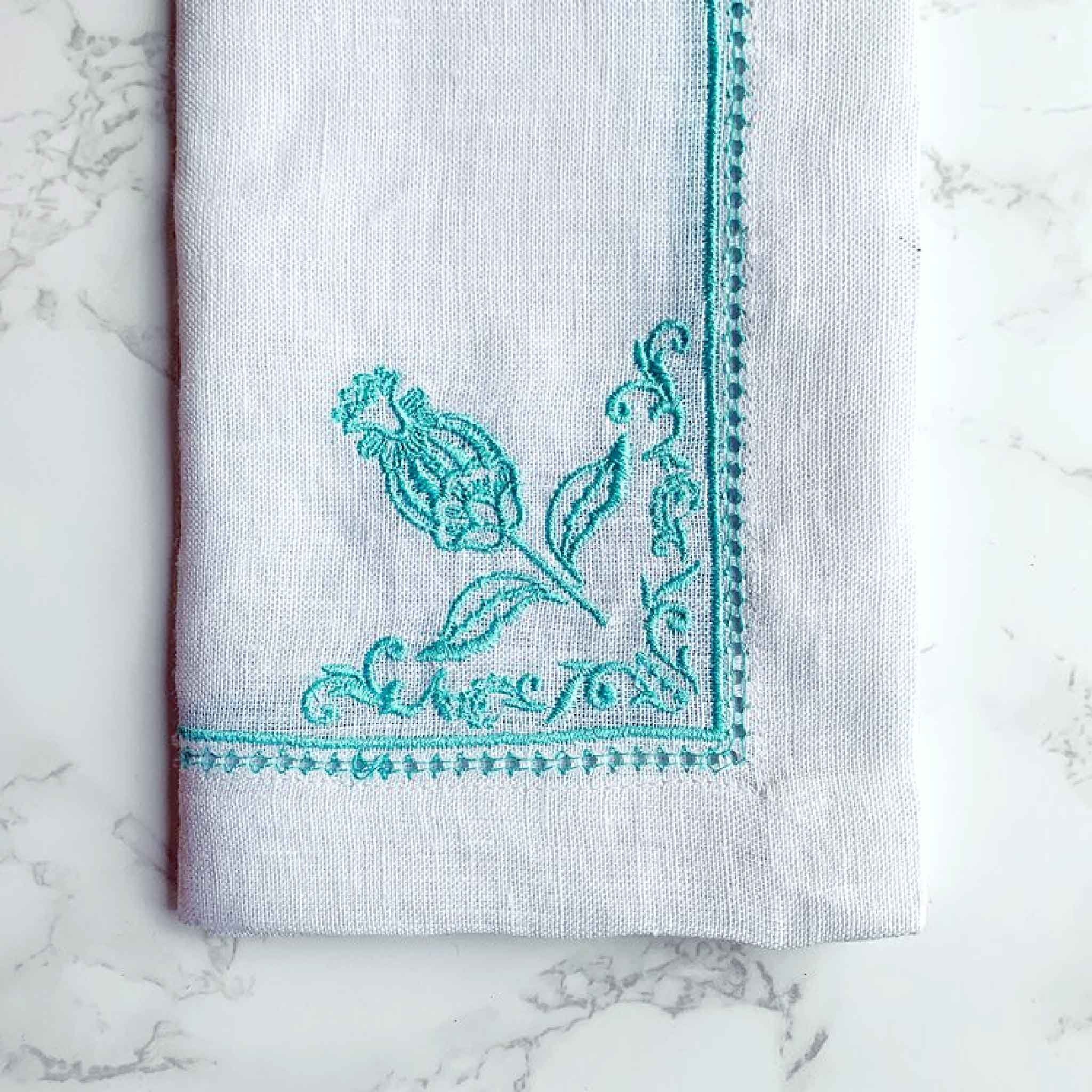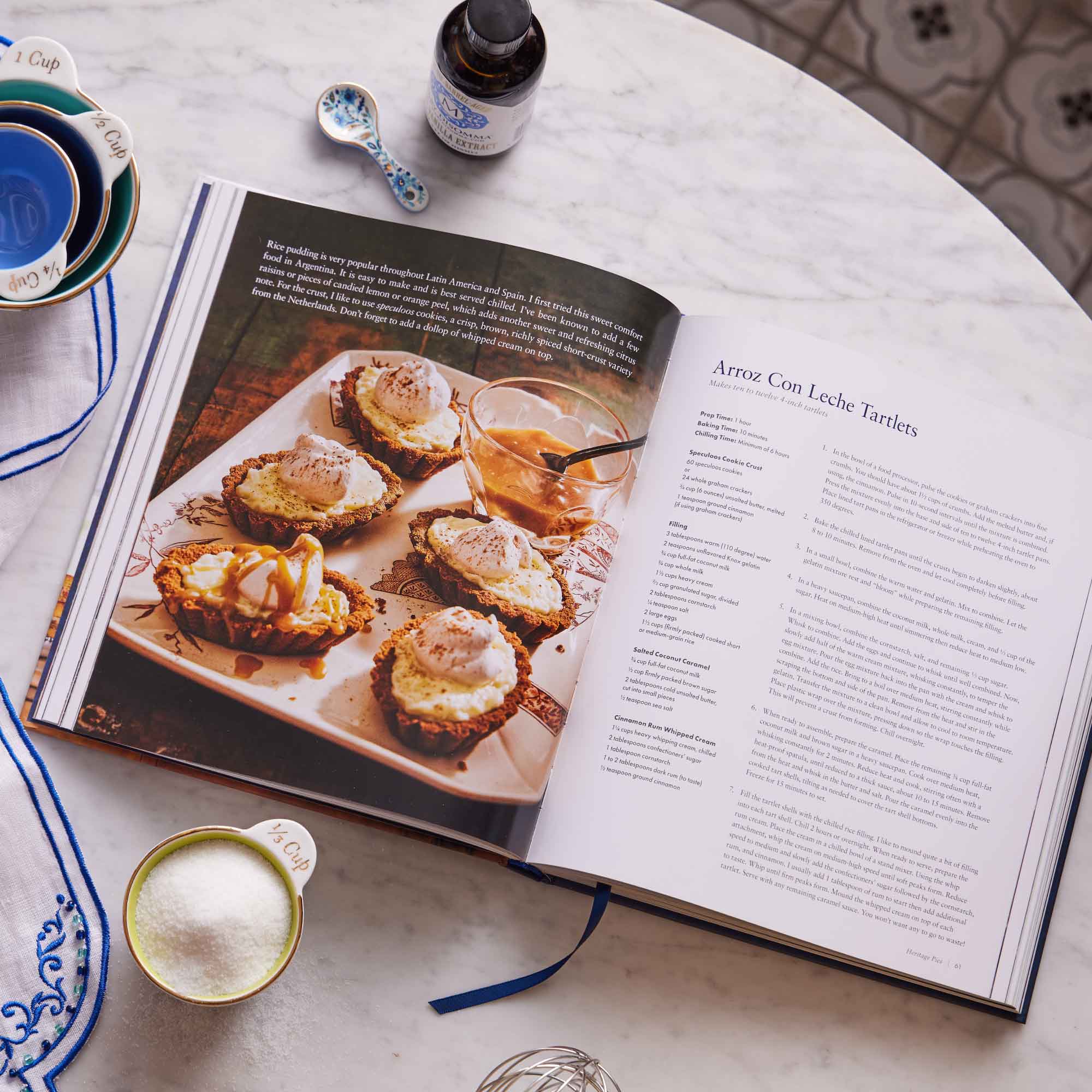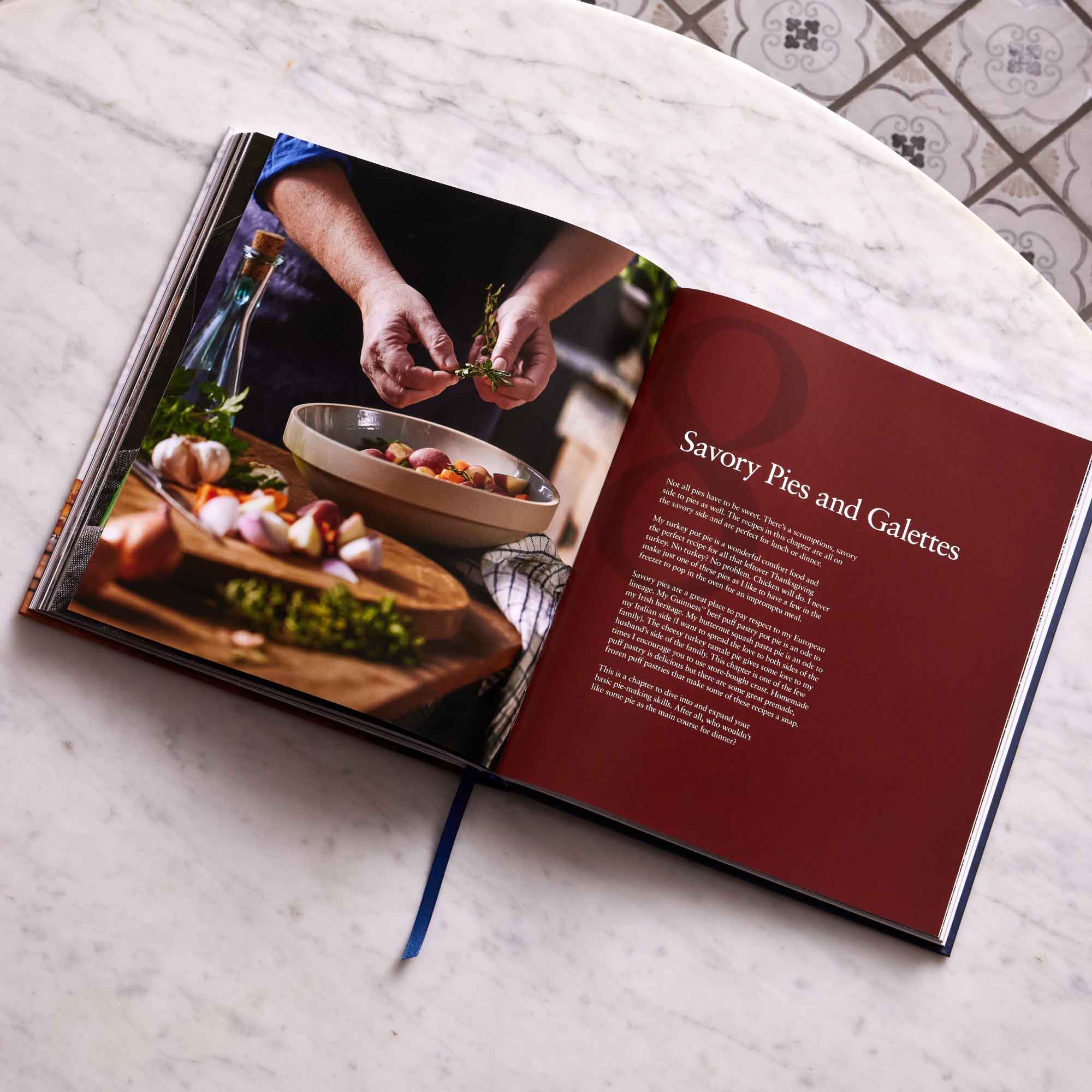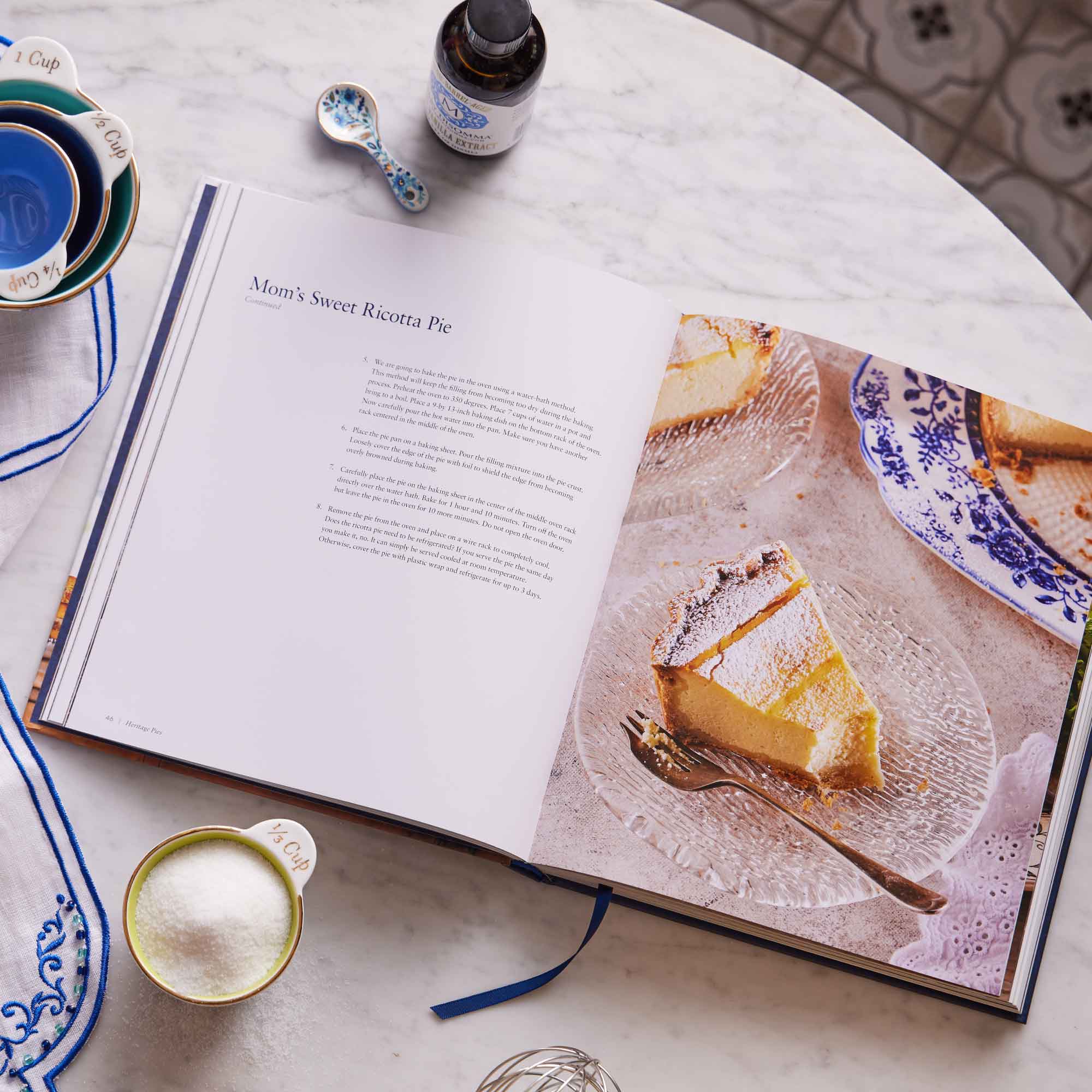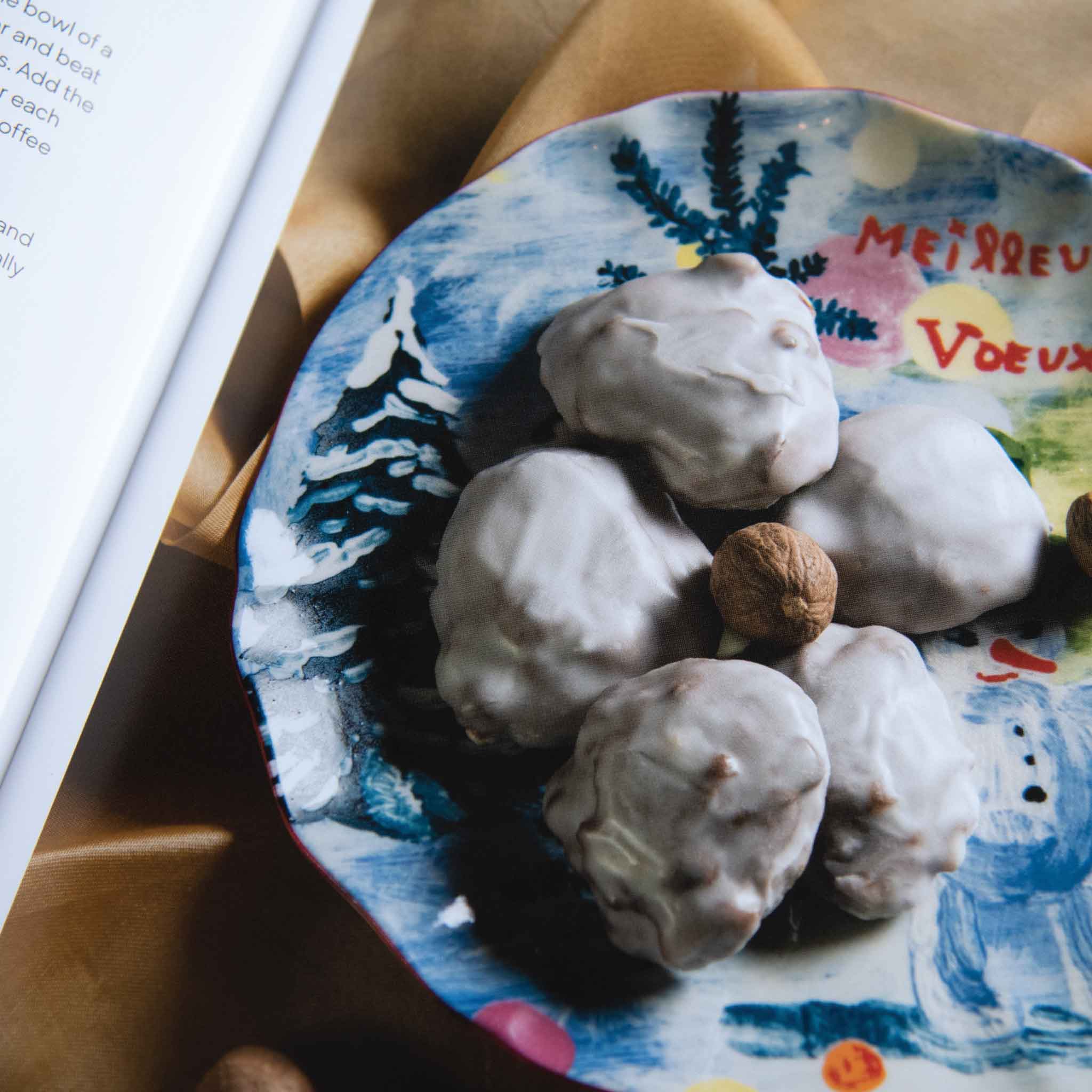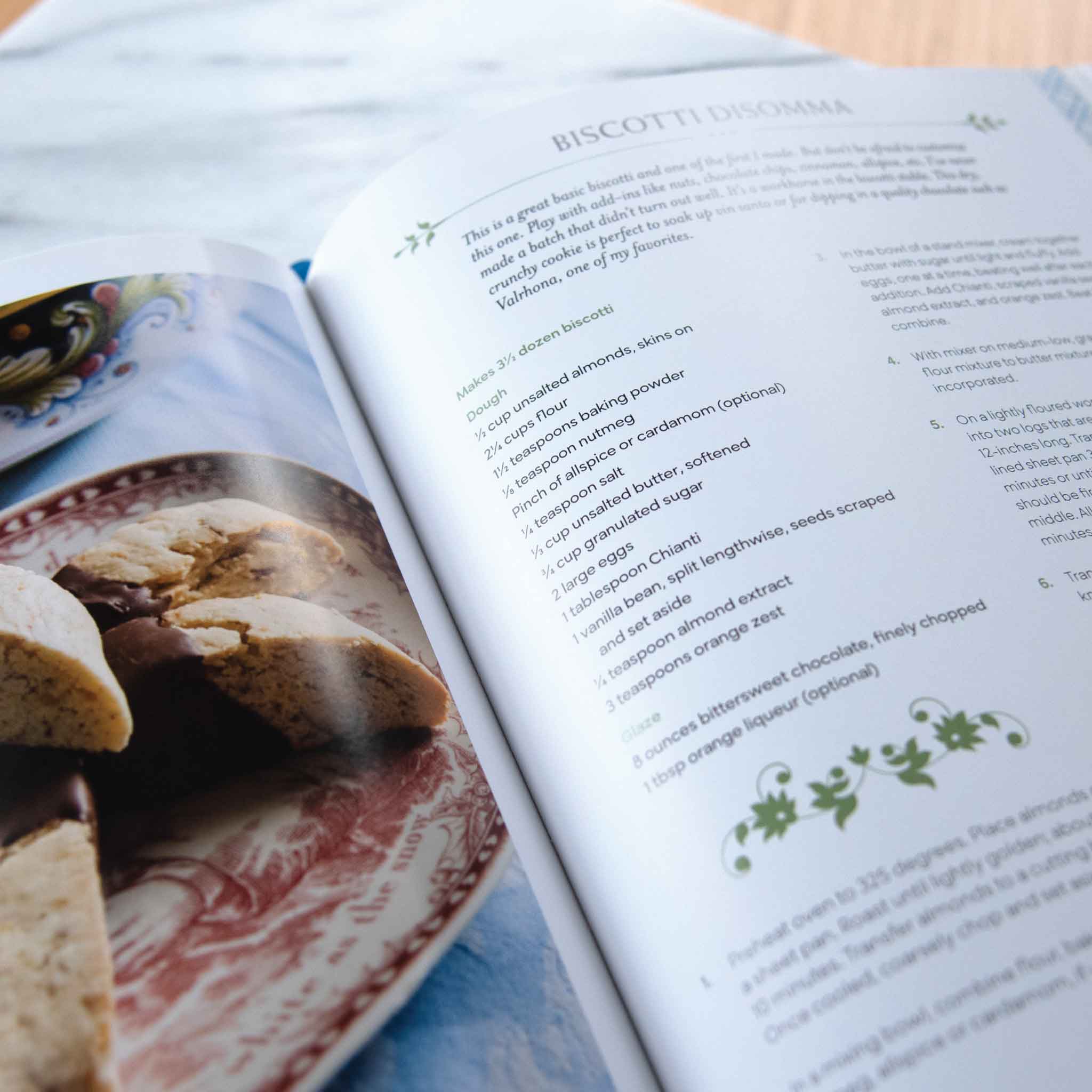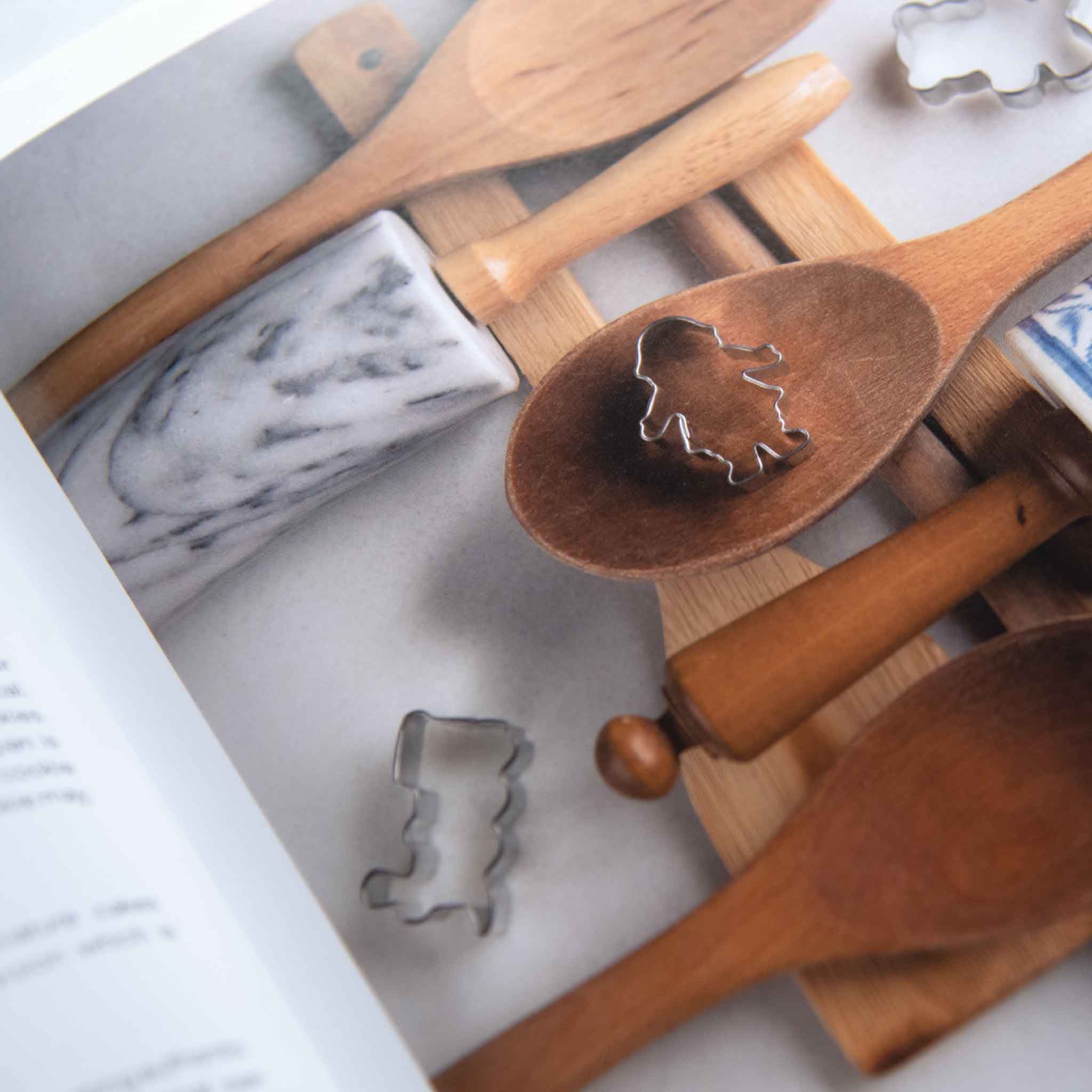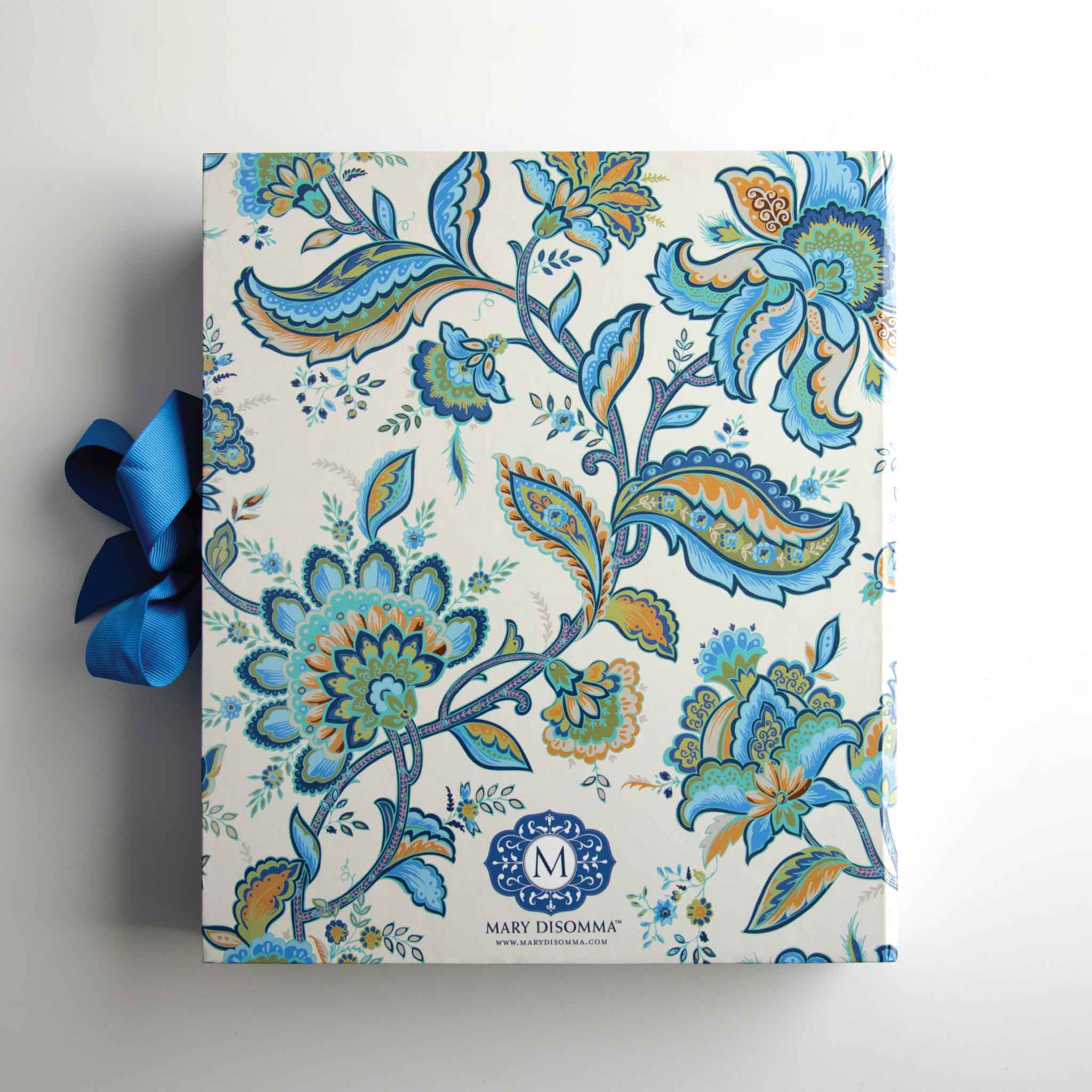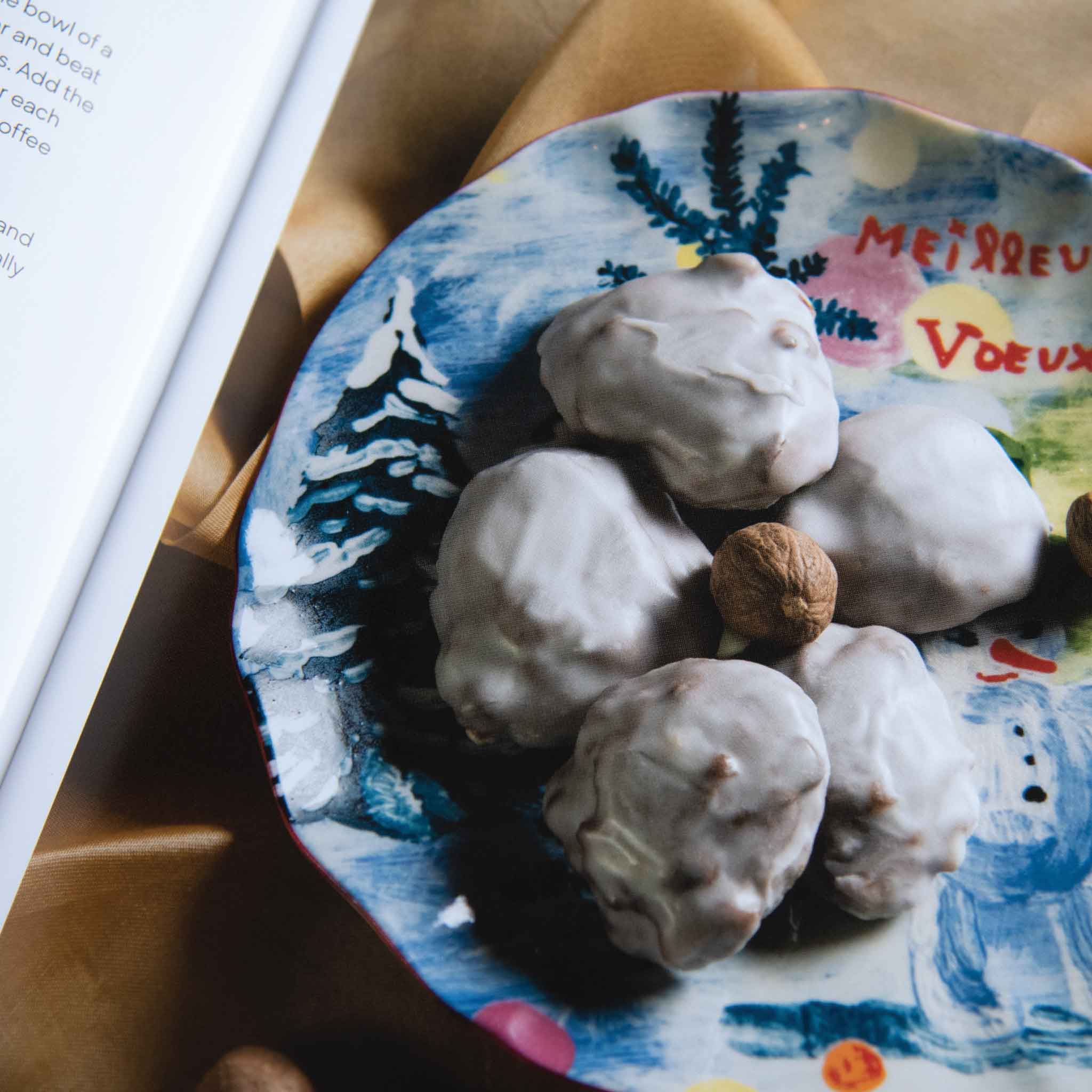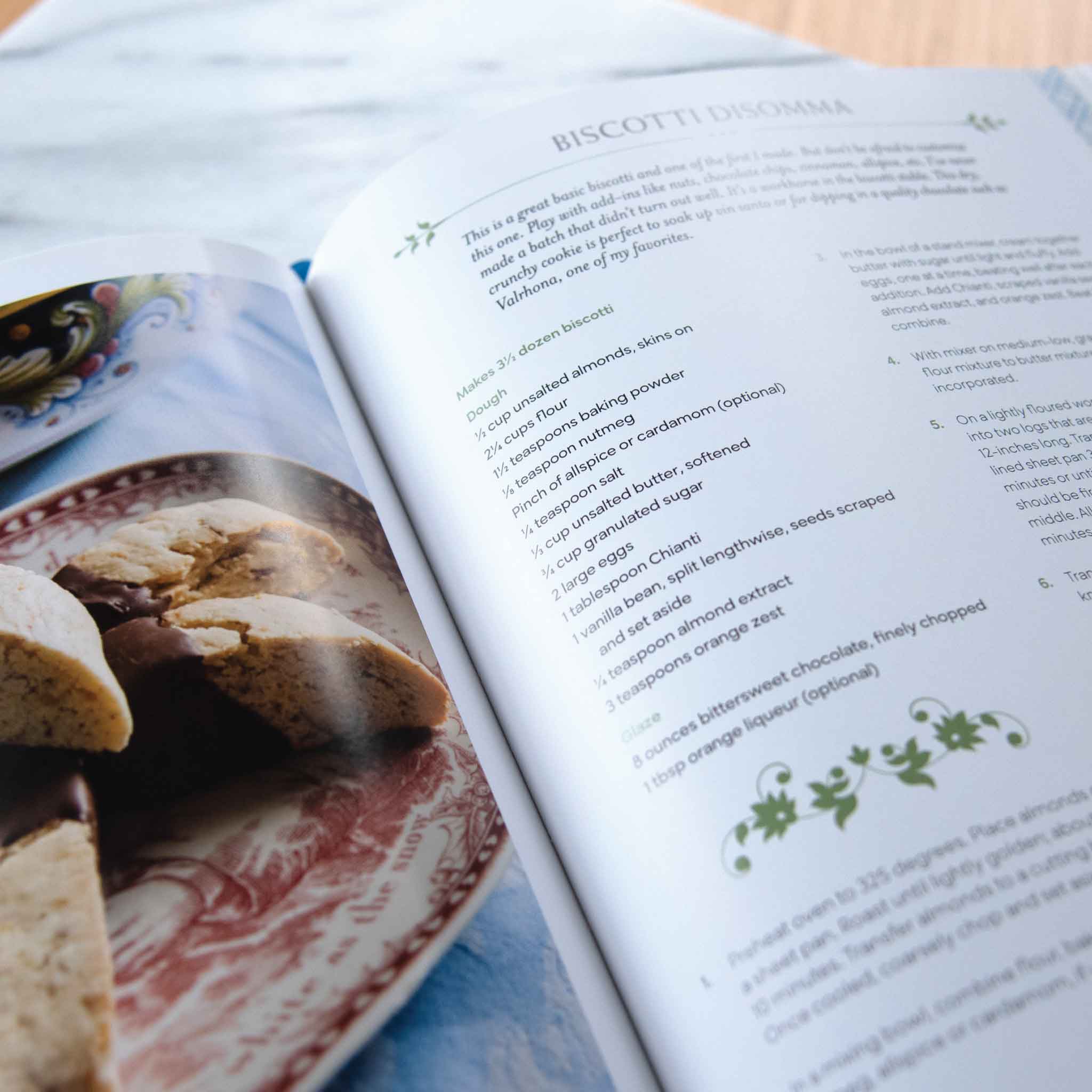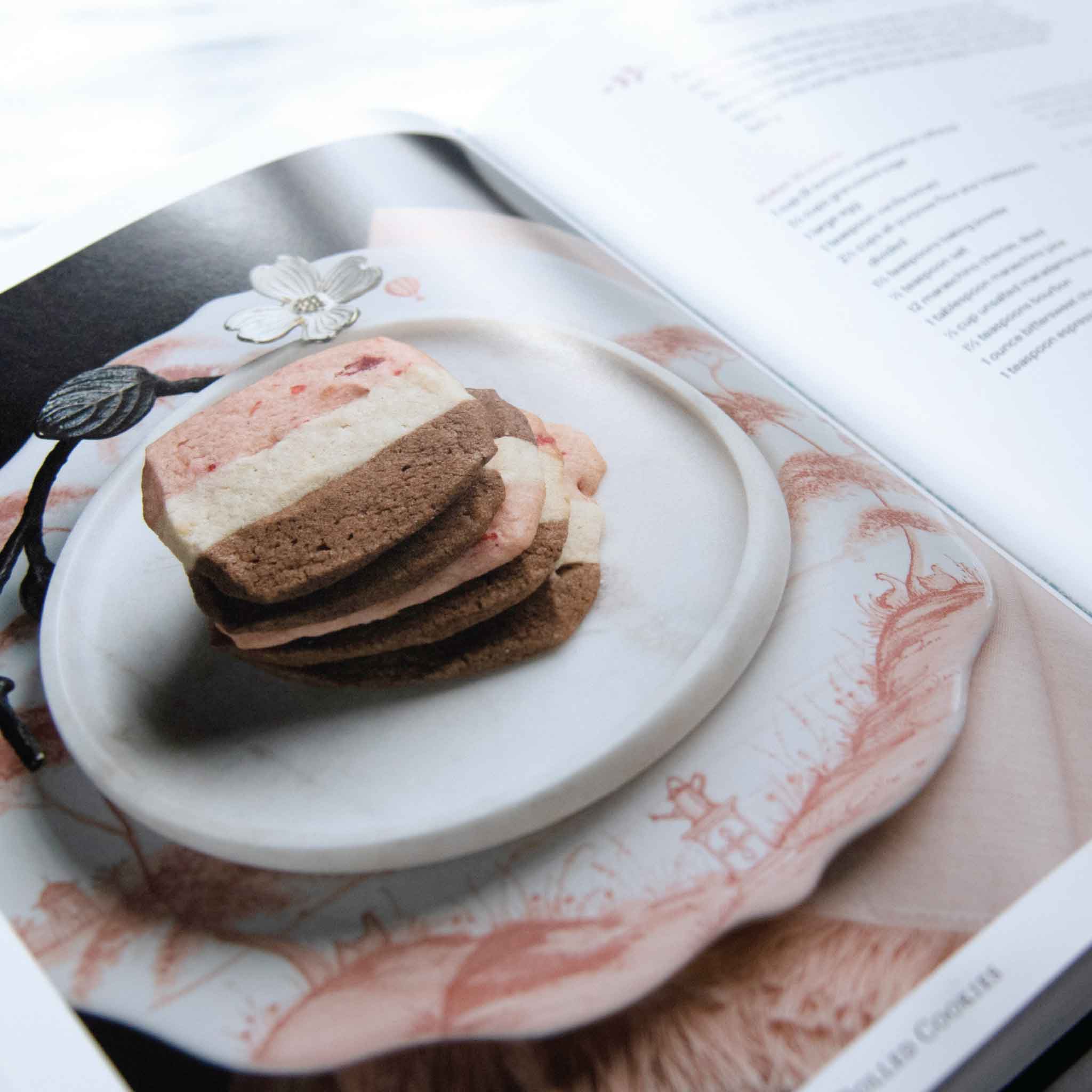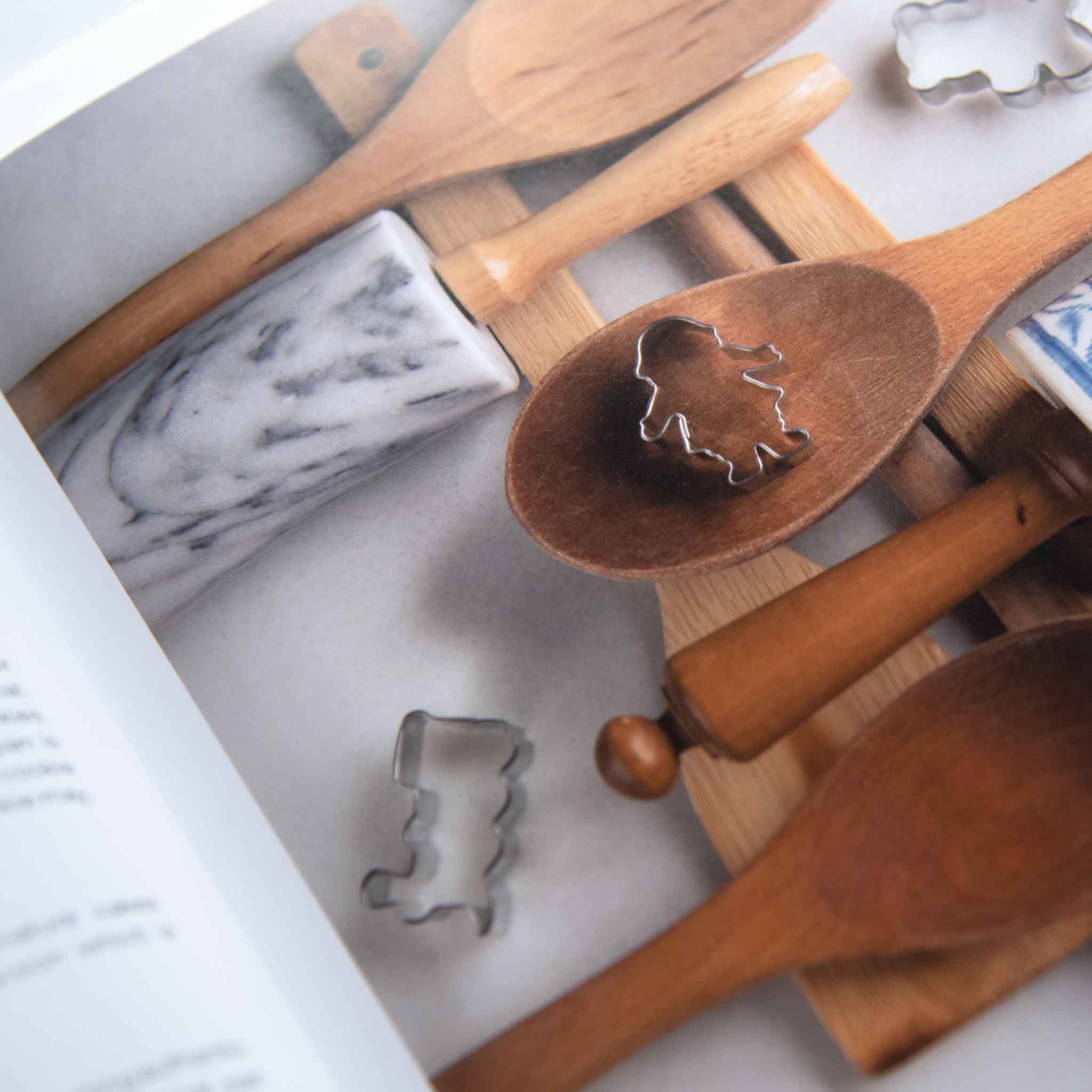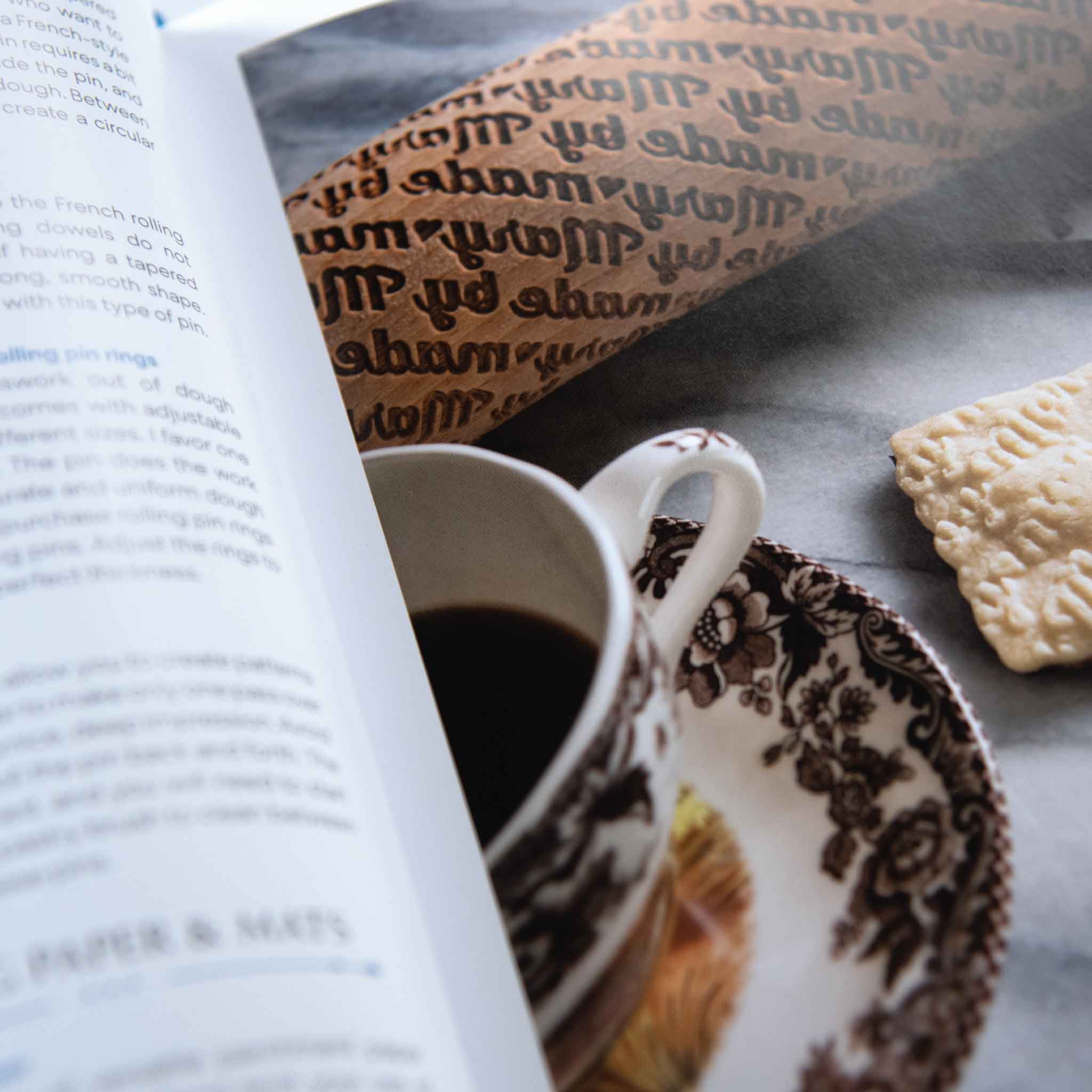My friends Cheri Oteri and I got together recently for a girls’ trip and made my Italian stuffed artichokes recipe, and it got me thinking. A lot of home chefs are intimidated by this tough little vegetable, but you don’t have to be. Artichokes are such a treat (once you know how to select and prepare them!). Whether you’re making a simple side or a show-stopping dish, choosing the right artichoke is crucial. Here's a bit of a guide to help you pick the perfect artichoke for your next meal!

All About Artichokes
Artichokes are the edible flower bud of the artichoke plant, a member of the thistle family. Once it blooms, it’s no longer edible. The most common type of artichoke is the globe artichoke, also known as a French artichoke or green artichoke. It’s the classic vegetable you think of when you imagine artichokes.
Purple Italian Globe artichokes are similar to the green globe variety but have a rich violet hue. This variety may be found occasionally at your local farmers’ market. My Italian Stuffed Artichokes recipe with homemade breadcrumbs and easy butter dipping sauces uses green artichokes, but you could also use the purple variety if you like. Just be aware that some of the beautiful purple hue will fade during the cooking process.
Artichokes have been enjoyed since the time of the Roman nobility, so preparing them really feels like making a dish fit for royalty! Whether you’re following a beloved family recipe or experimenting with a new one, the right artichoke can make all the difference.
How to Choose the Perfect Artichoke
When you're at the market picking out artichokes, keep these tips in mind:
- Heavy: The artichokes should feel heavy when you hold them. If they're light, that's a sign that they are a little dried out and probably tough. A hefty artichoke is a fresh and juicy one!
- Squeak: When you hold a fresh artichoke, give it a gentle squeeze. The freshest artichokes will make a slight squeaking sound.
- Closed leaves: Look for artichokes with tight, compact leaves. Open leaves might indicate age, which can mean tougher textures. If it's still heavy, you're okay, but if not, look for another artichoke whose leaves are more closed.
- Seasonality: Artichokes are best in spring (March and April) and again in a shorter season in the fall (October). Freshness is key, so try to buy them in season when you can.
How to Prepare Artichokes
To prepare an artichoke before cooking, the first thing you want to do is wash it under cold, running water. This helps remove any bitter-tasting natural coating on the vegetable. Next, trim the top with a stainless steel knife and rub a lemon over the cut area to prevent browning. Remove the stem so your artichoke sits flat, then pull off and discard the tough lower leaves. Using kitchen scissors, snip the sharp tips off the leaves, about ⅛-inch down from the tip, then rinse under cool water one more time to remove any debris.
Want to try your hand at this technique? Try my Italian stuffed artichokes recipe with Cheri Oteri, and serve my parmesan butter dipping sauce recipe or my easy lemon butter sauce recipe on the side!


Do you have to parboil artichokes?
Some folks don’t parboil their artichokes, but I like to do this step. Parboiling helps to tenderize the leaves and makes removing the inedible “choke” easier. Make sure to check out my stuffed artichokes recipe to practice your parboiling skills and learn how to get the choke out! Bon appetit!







